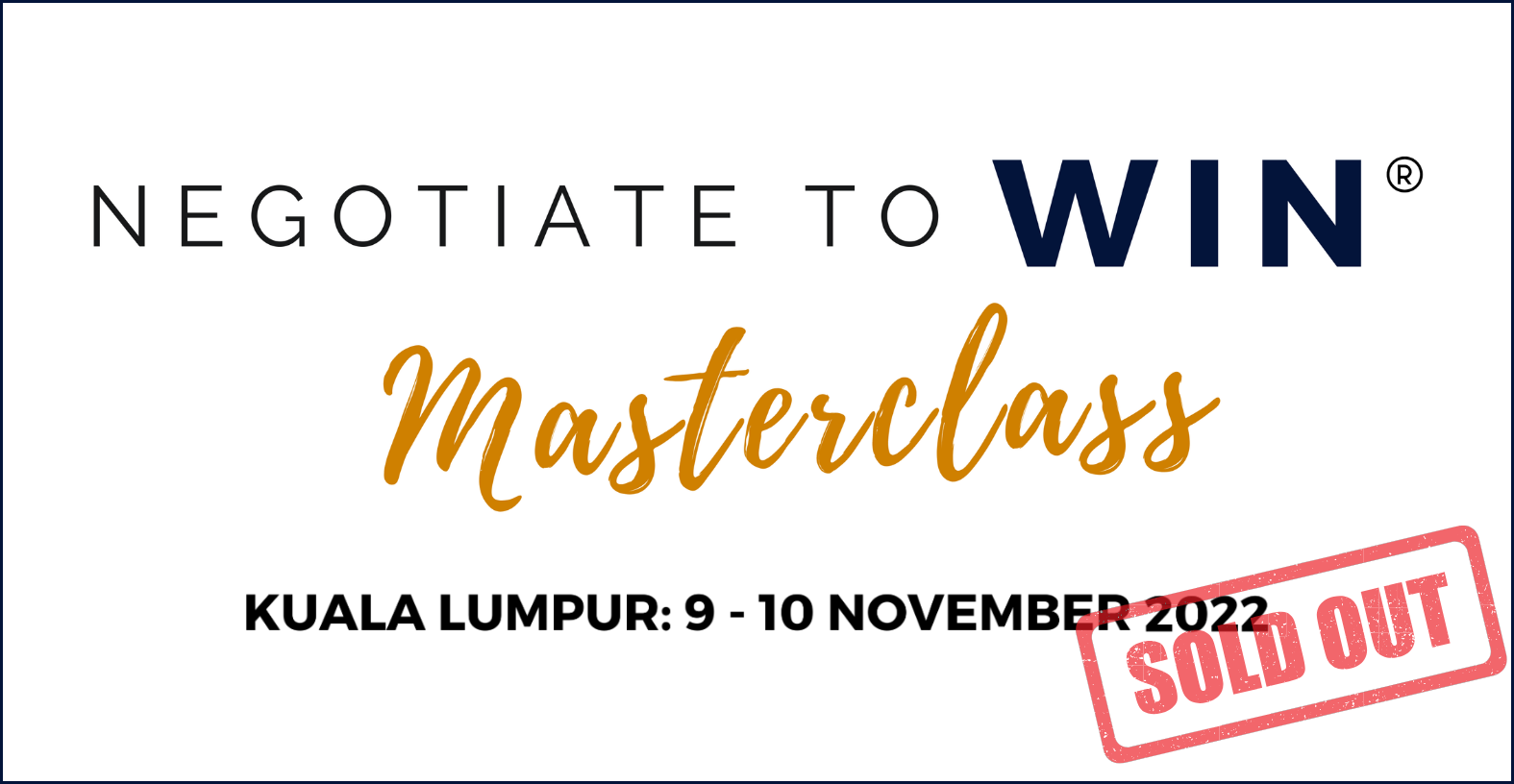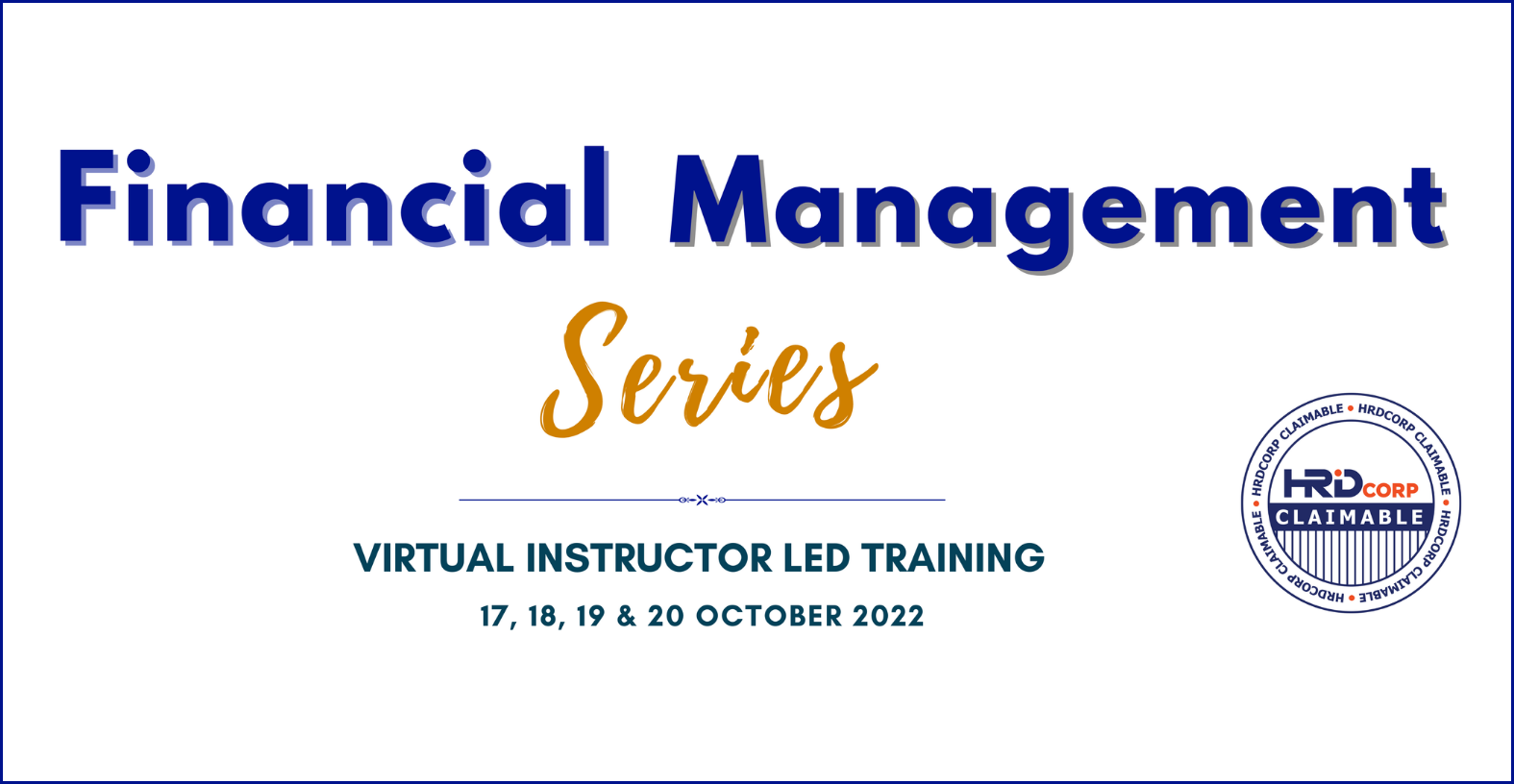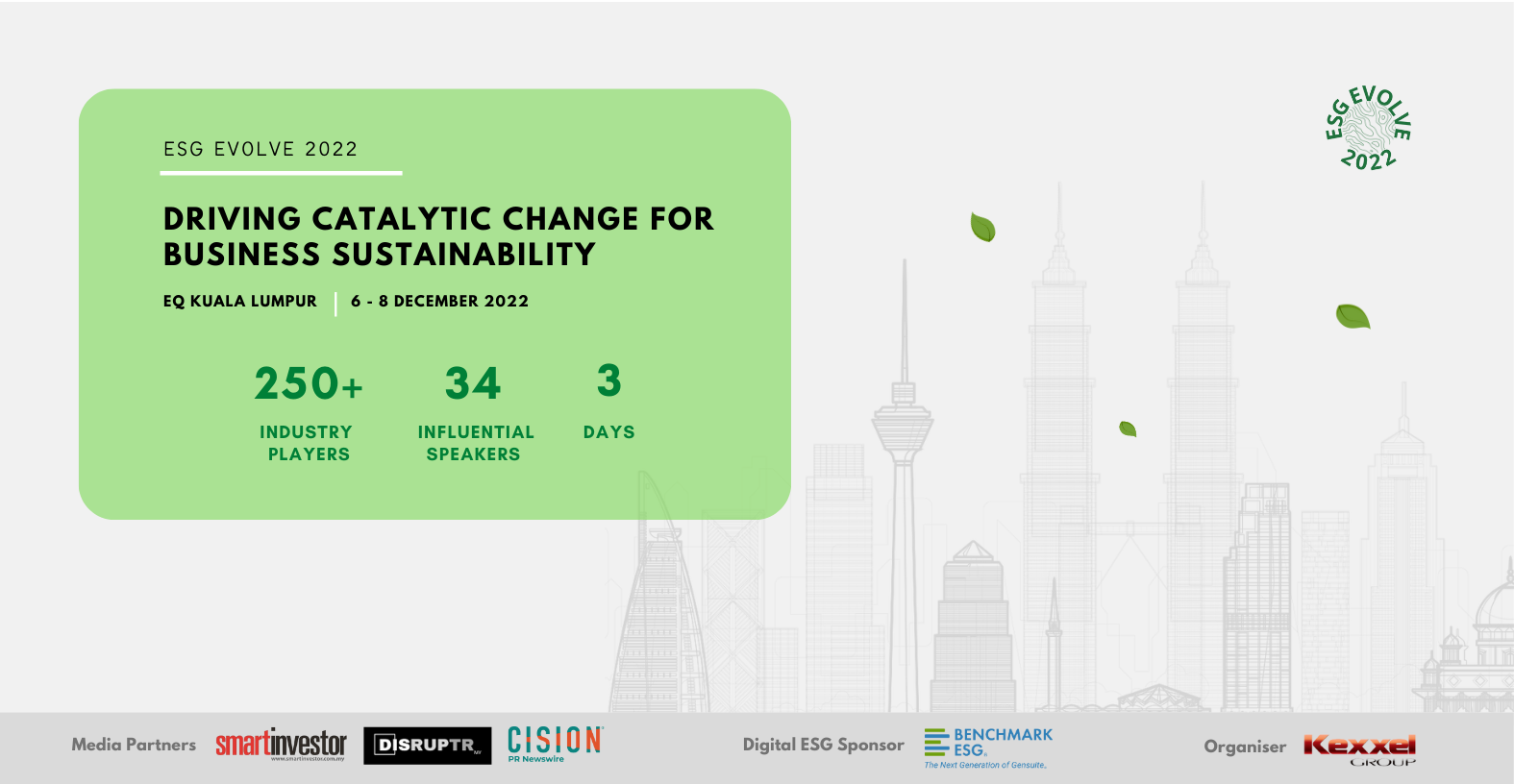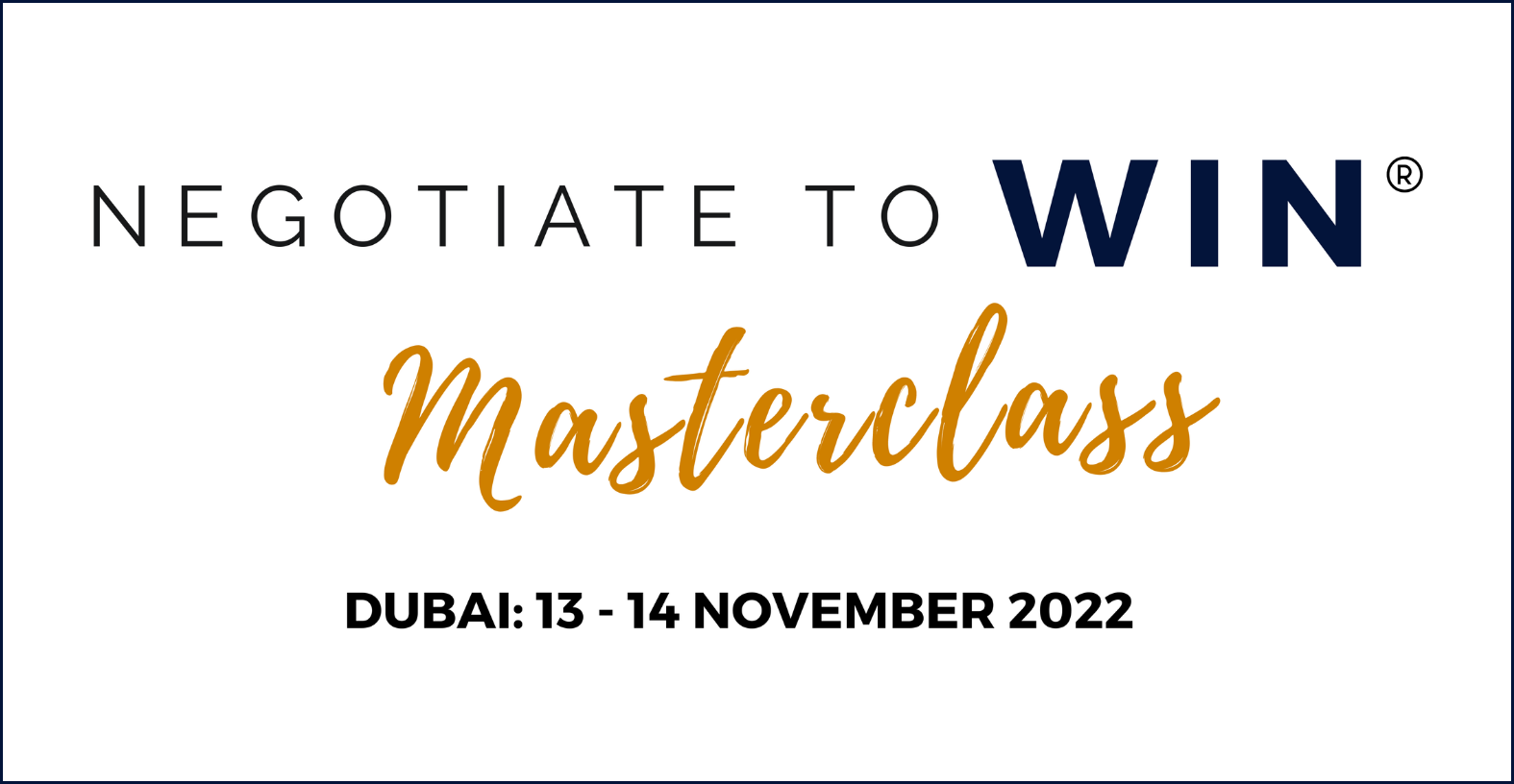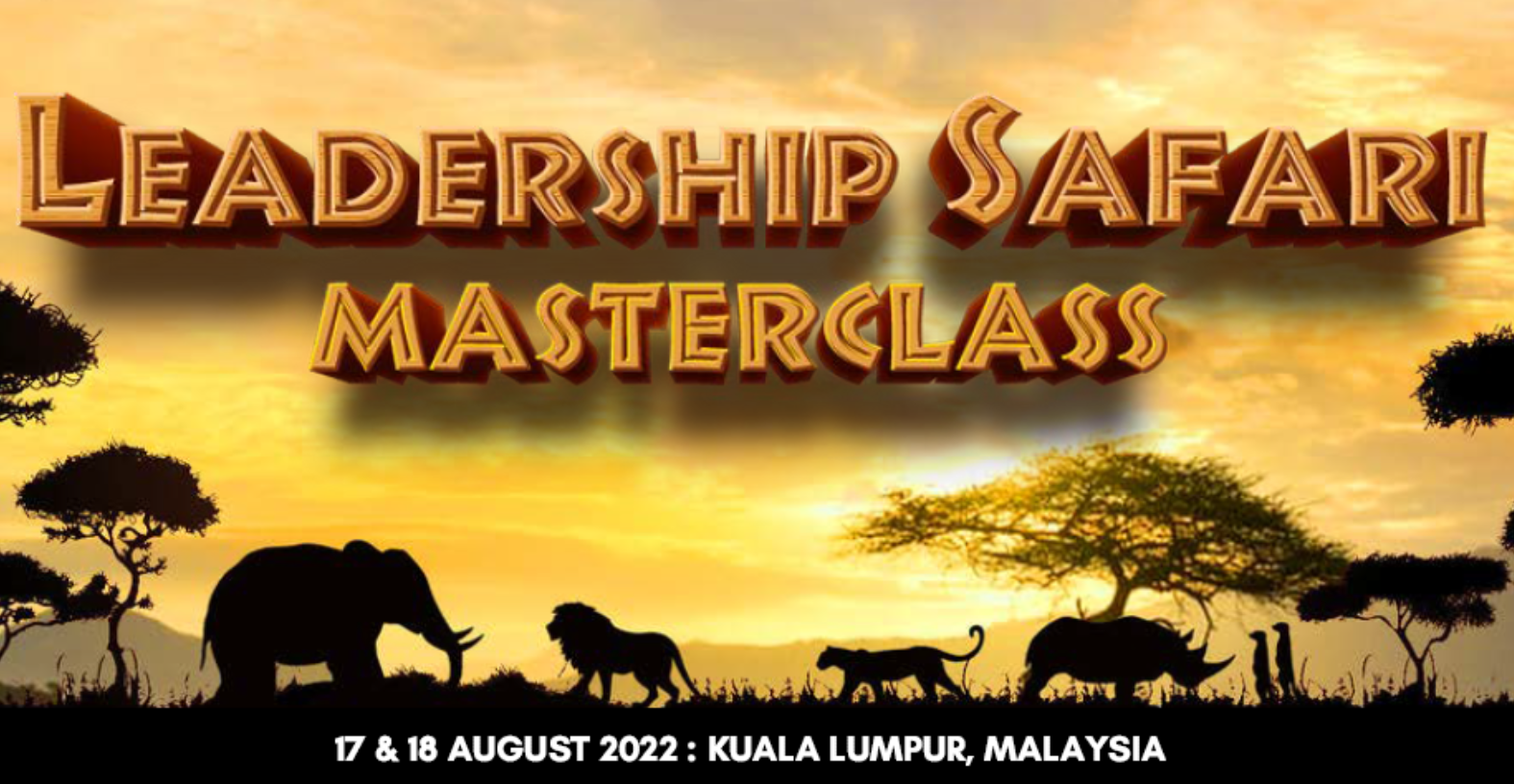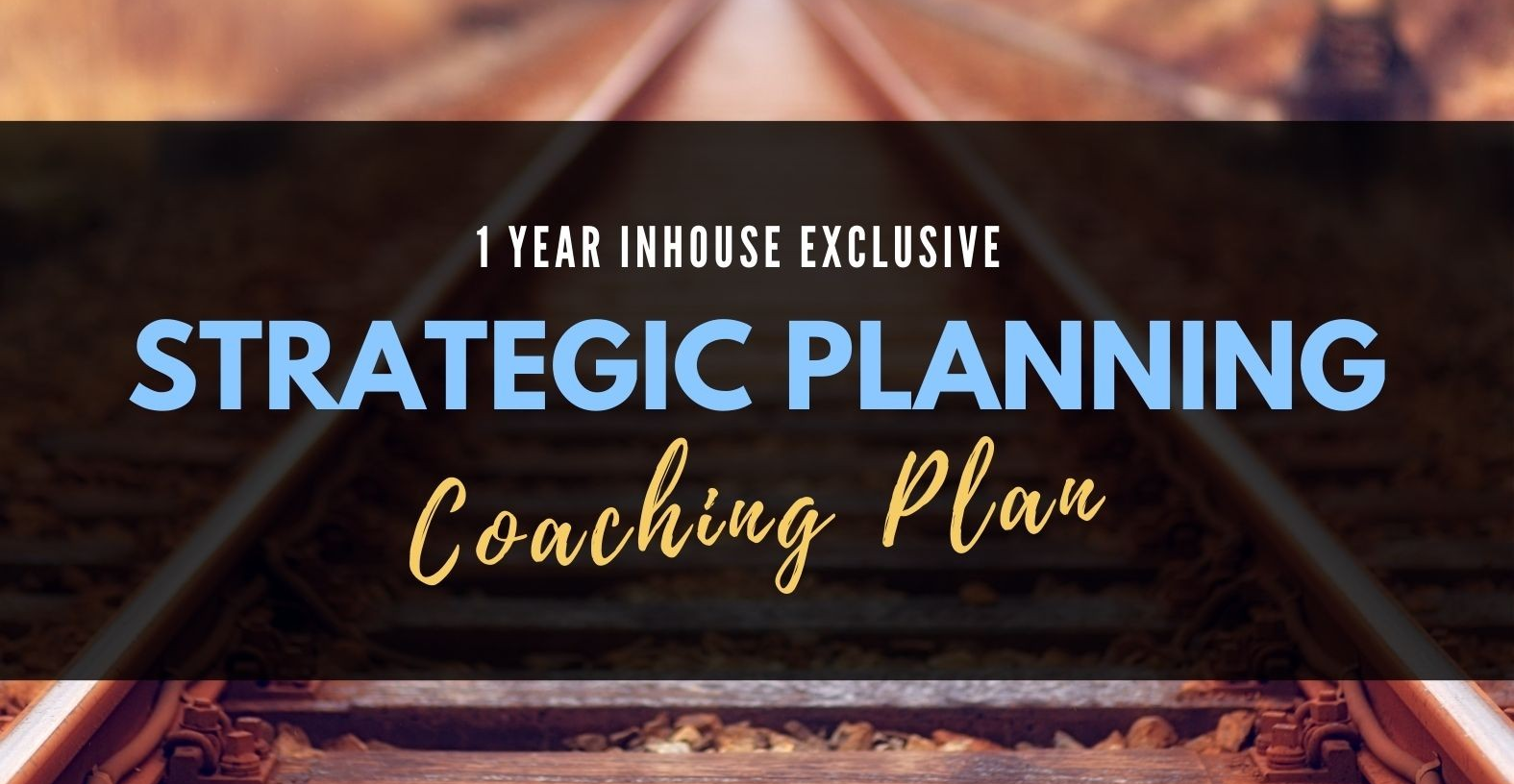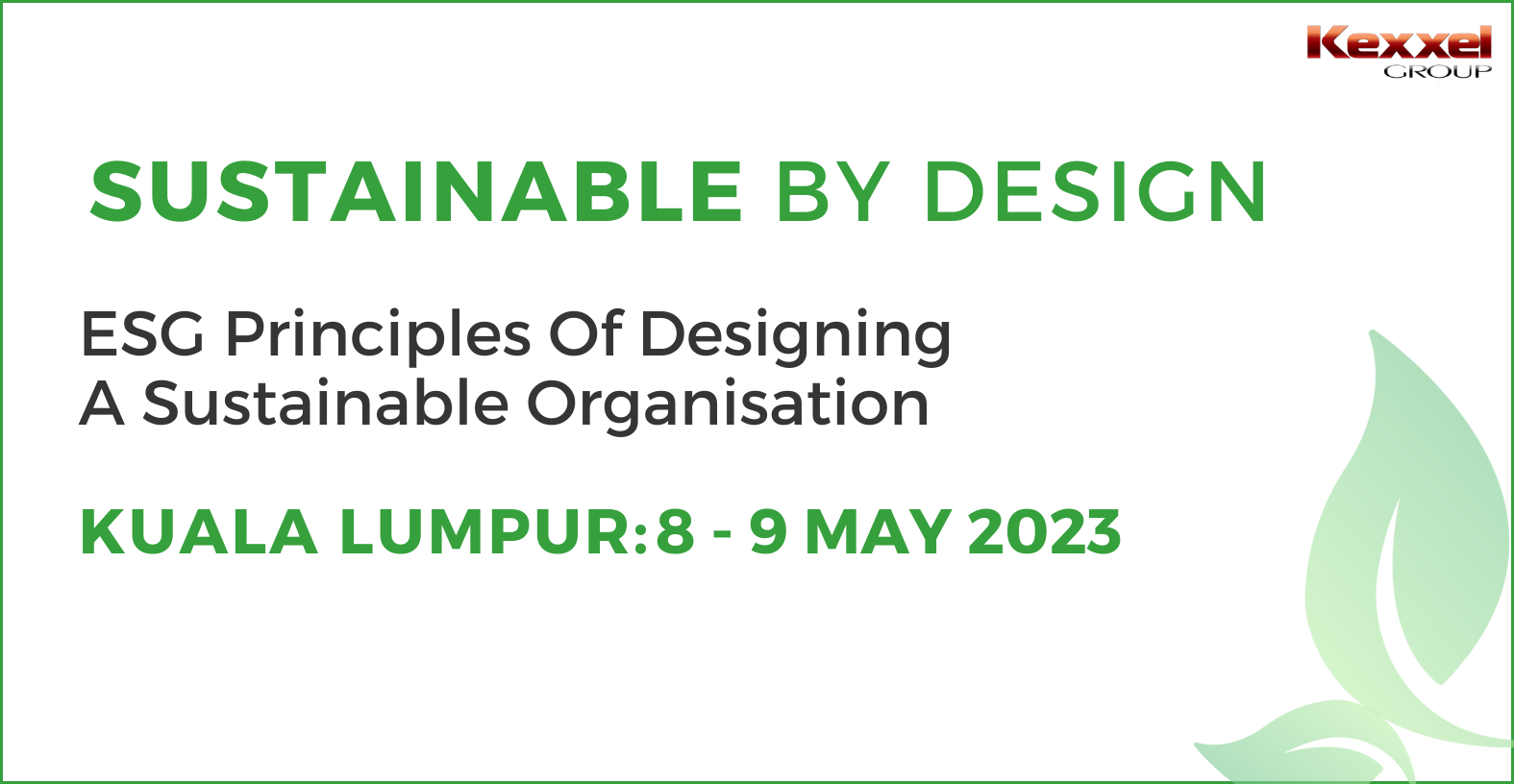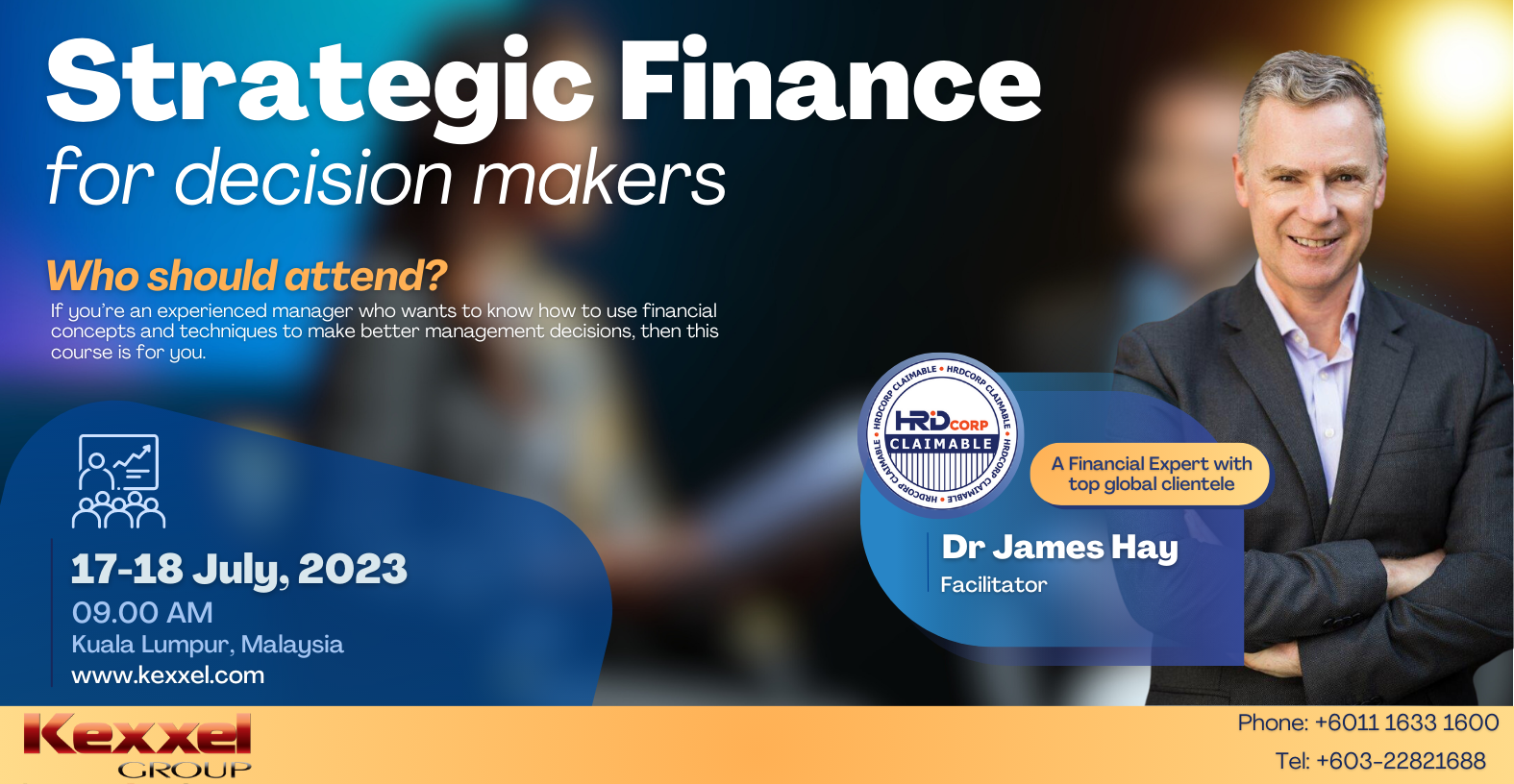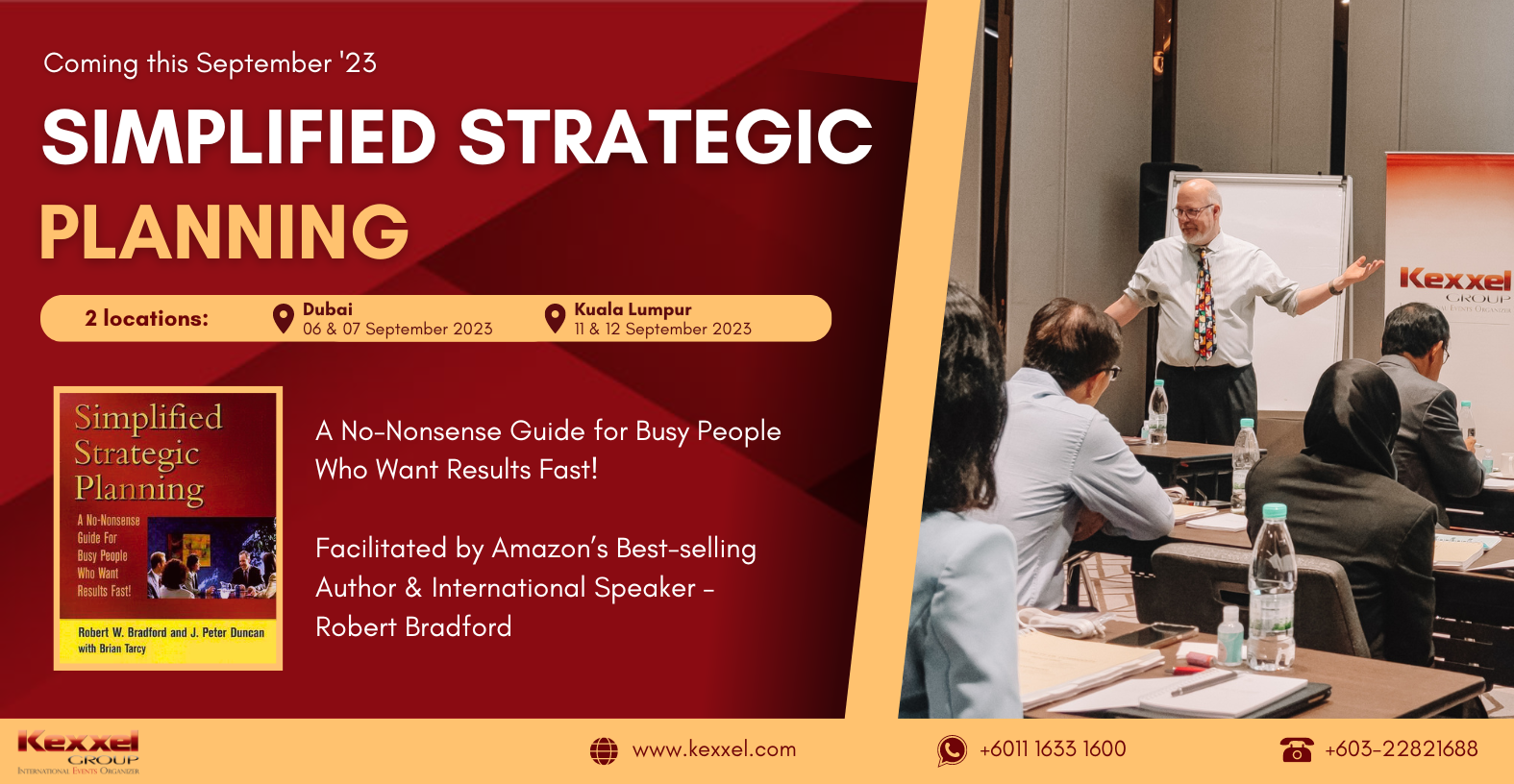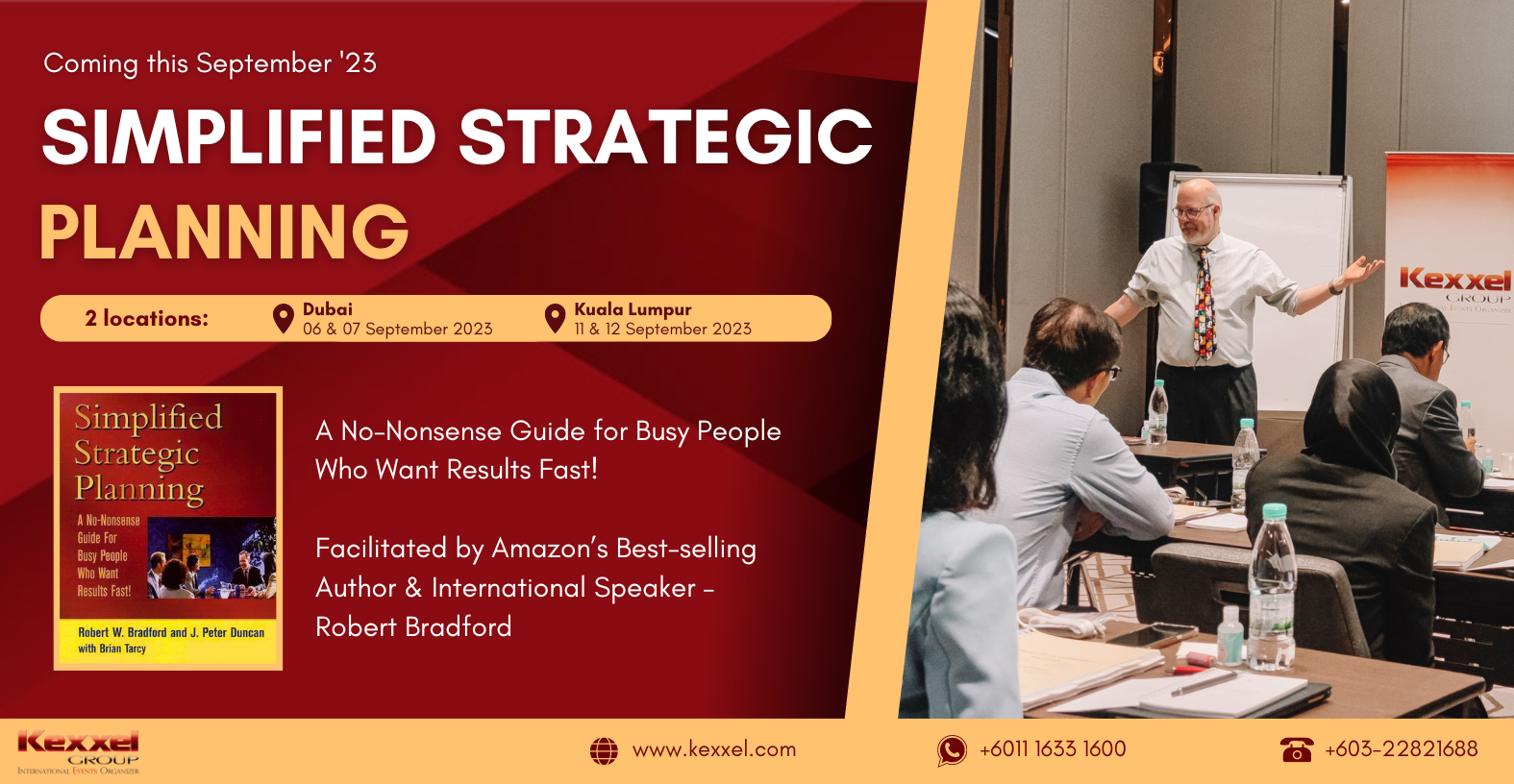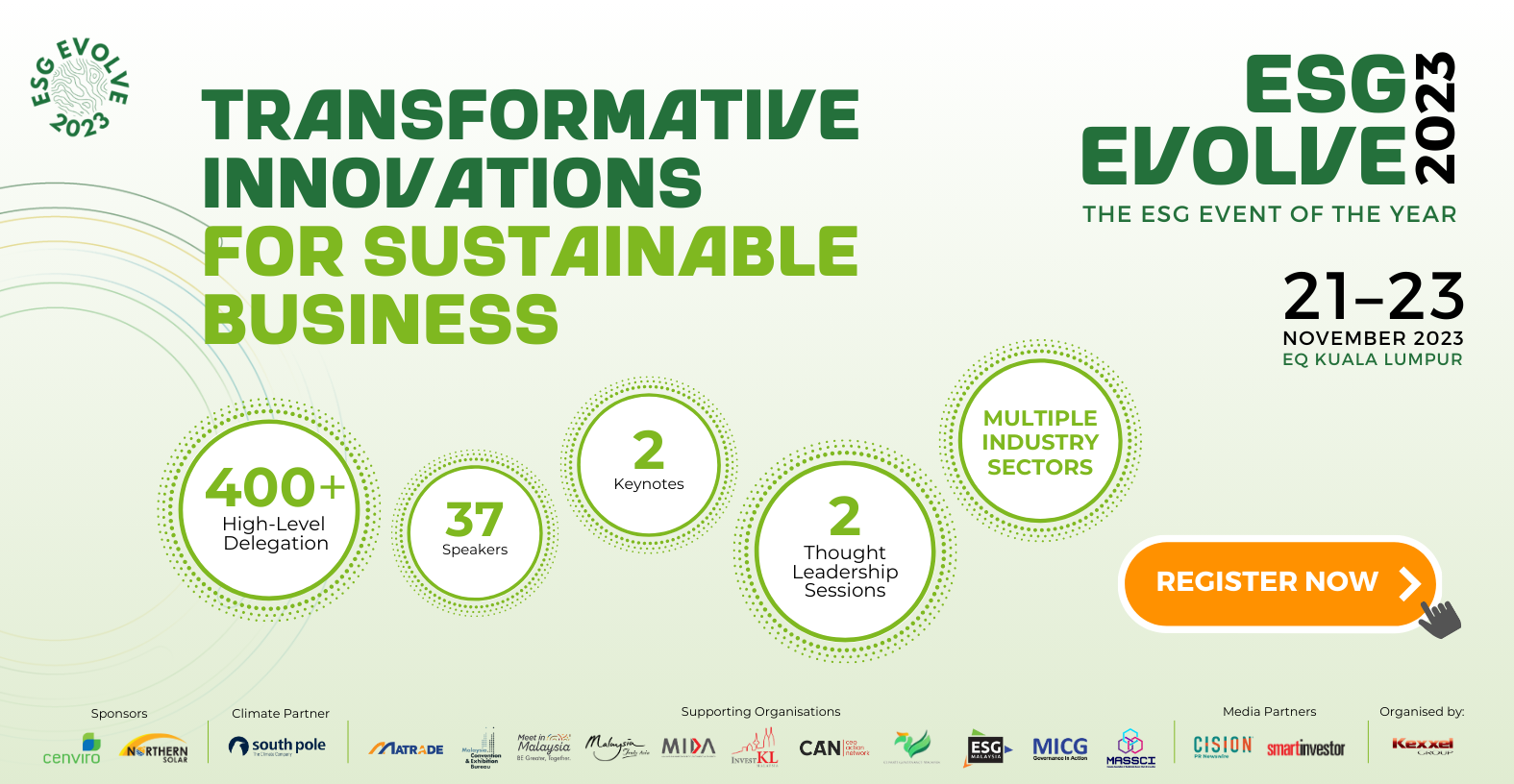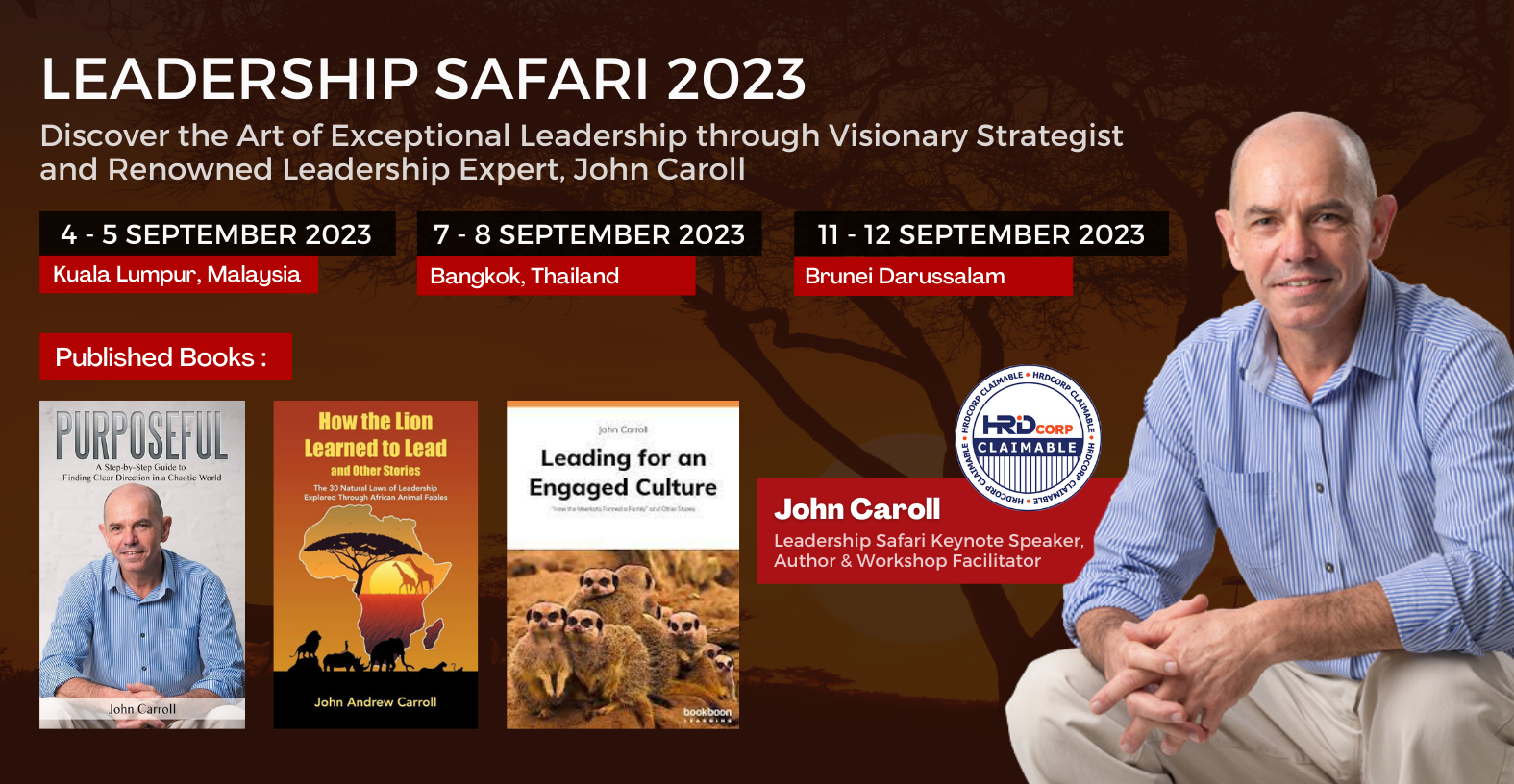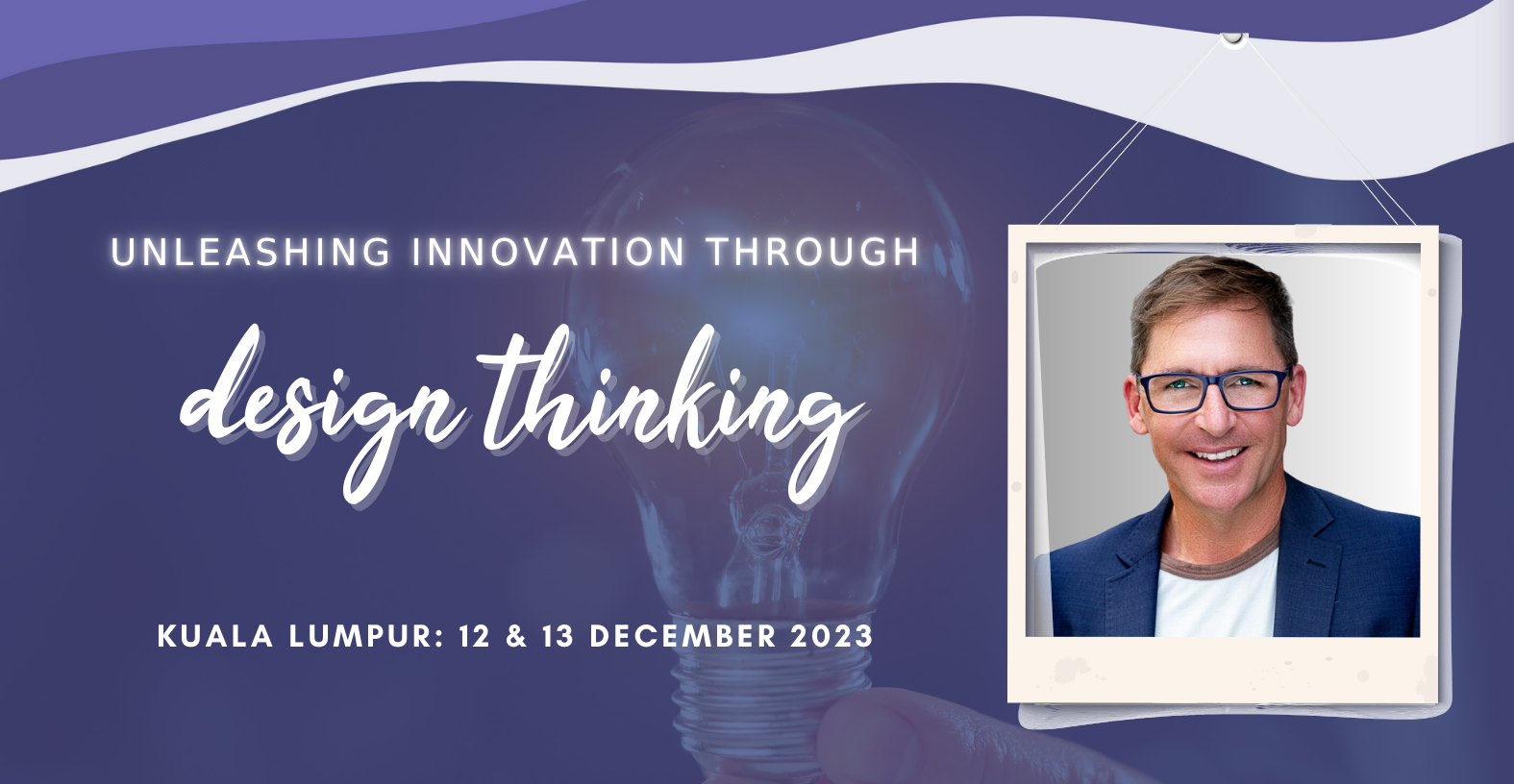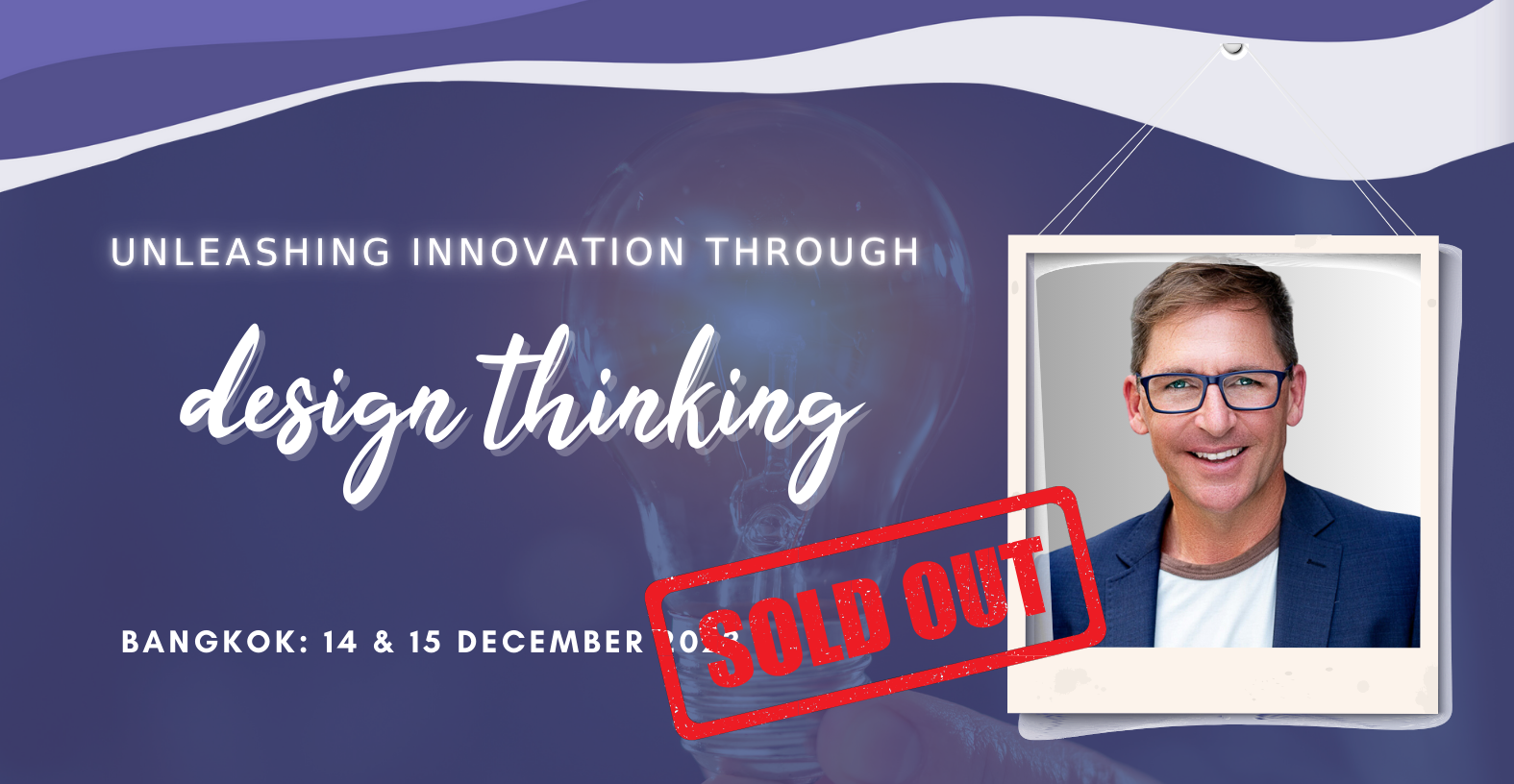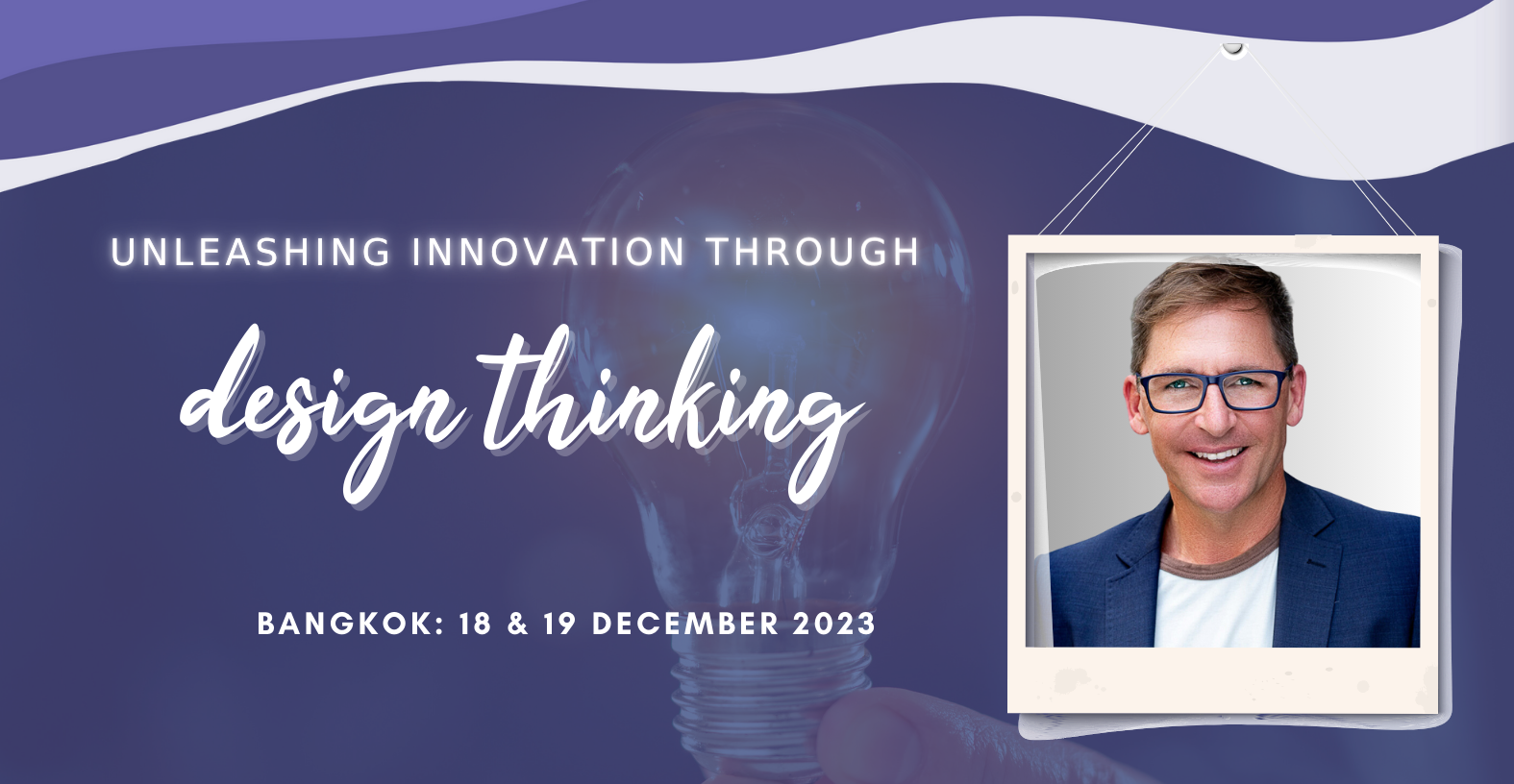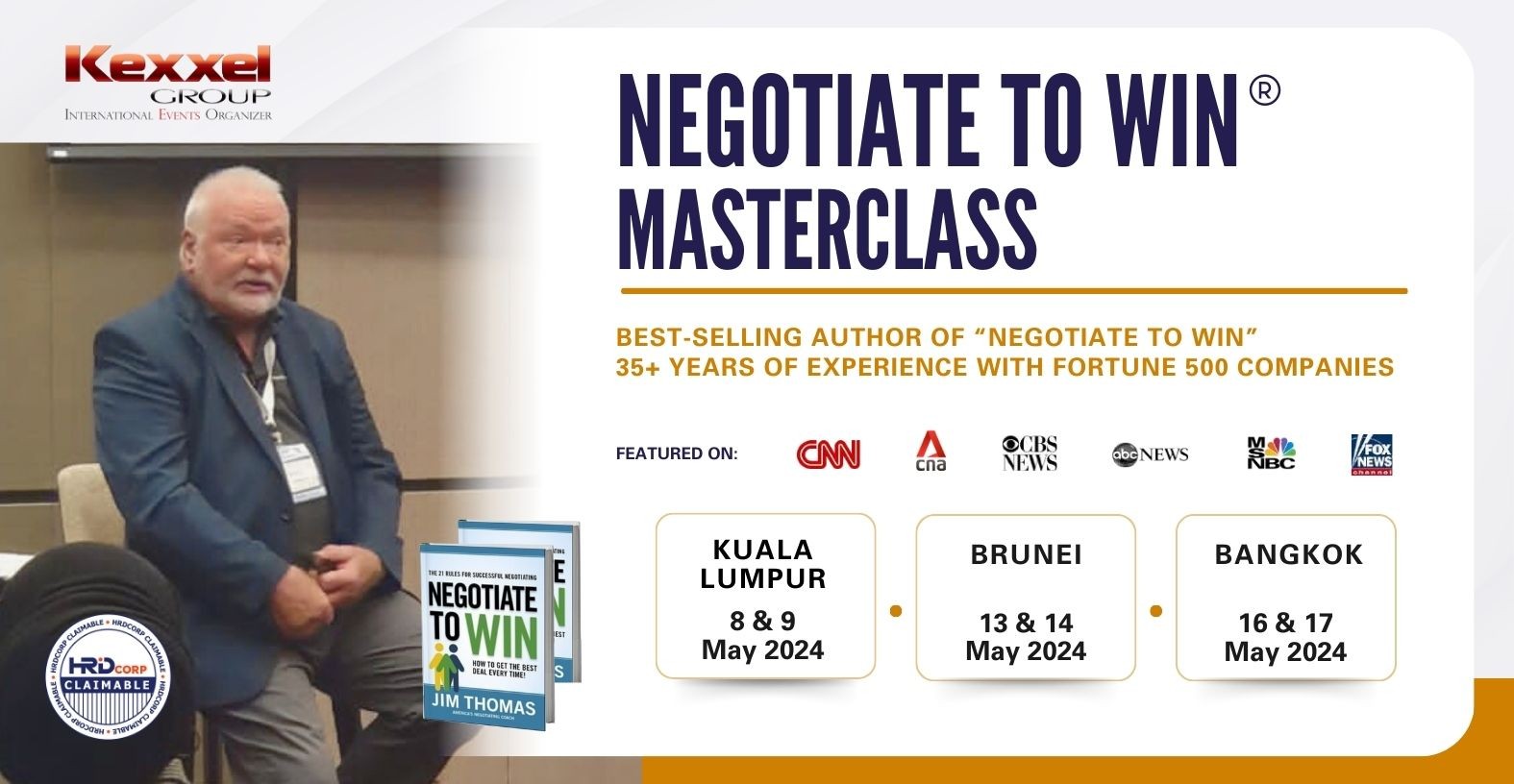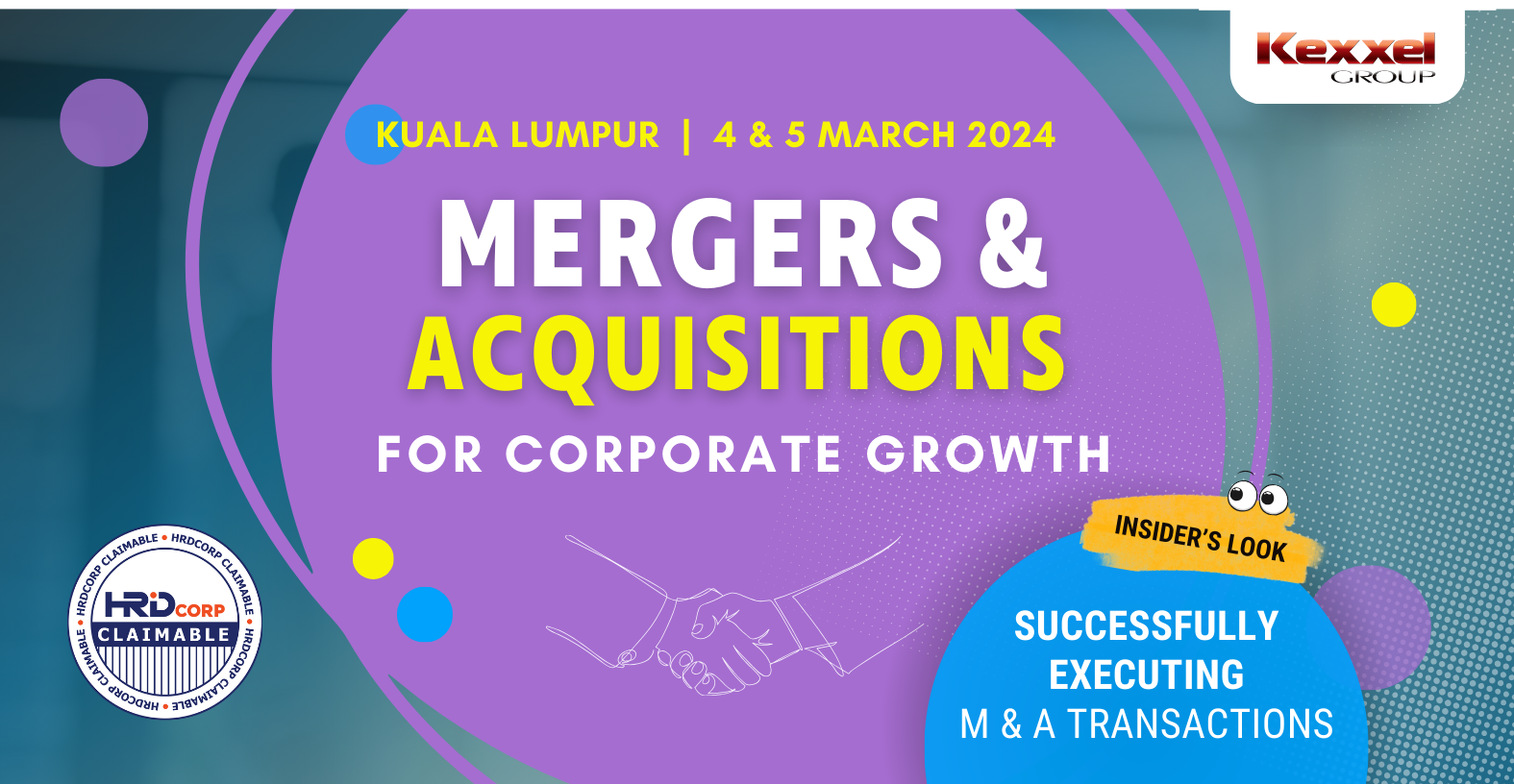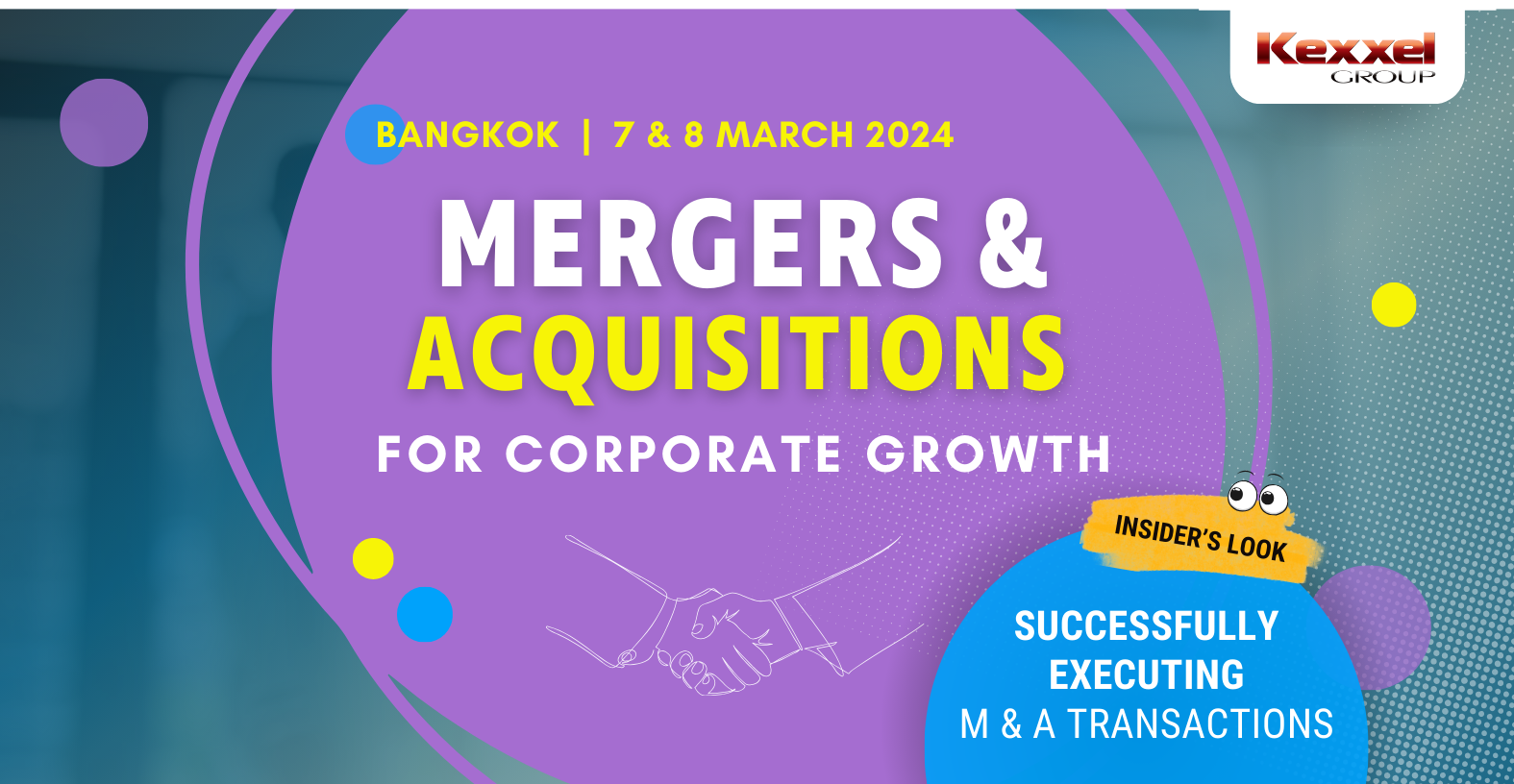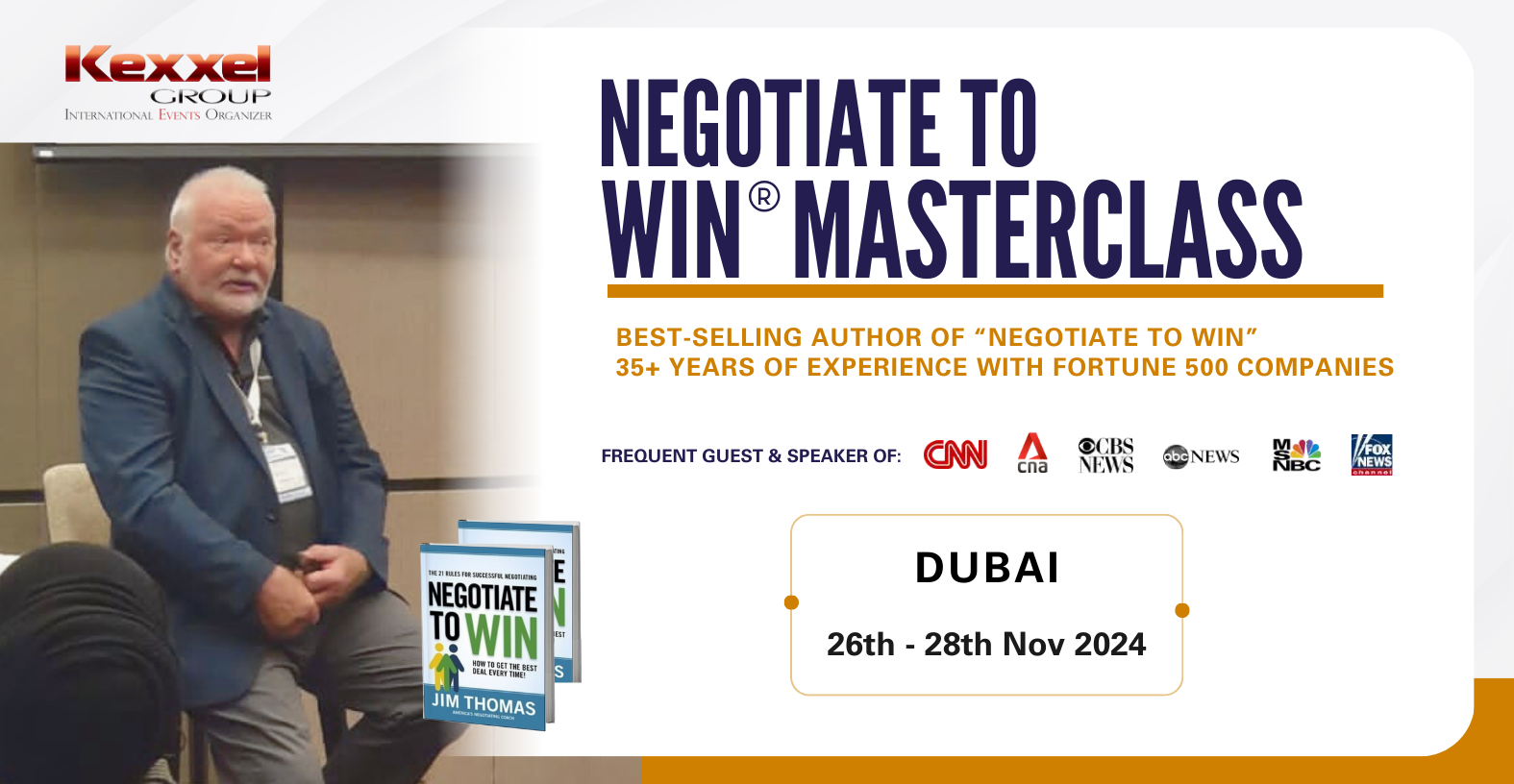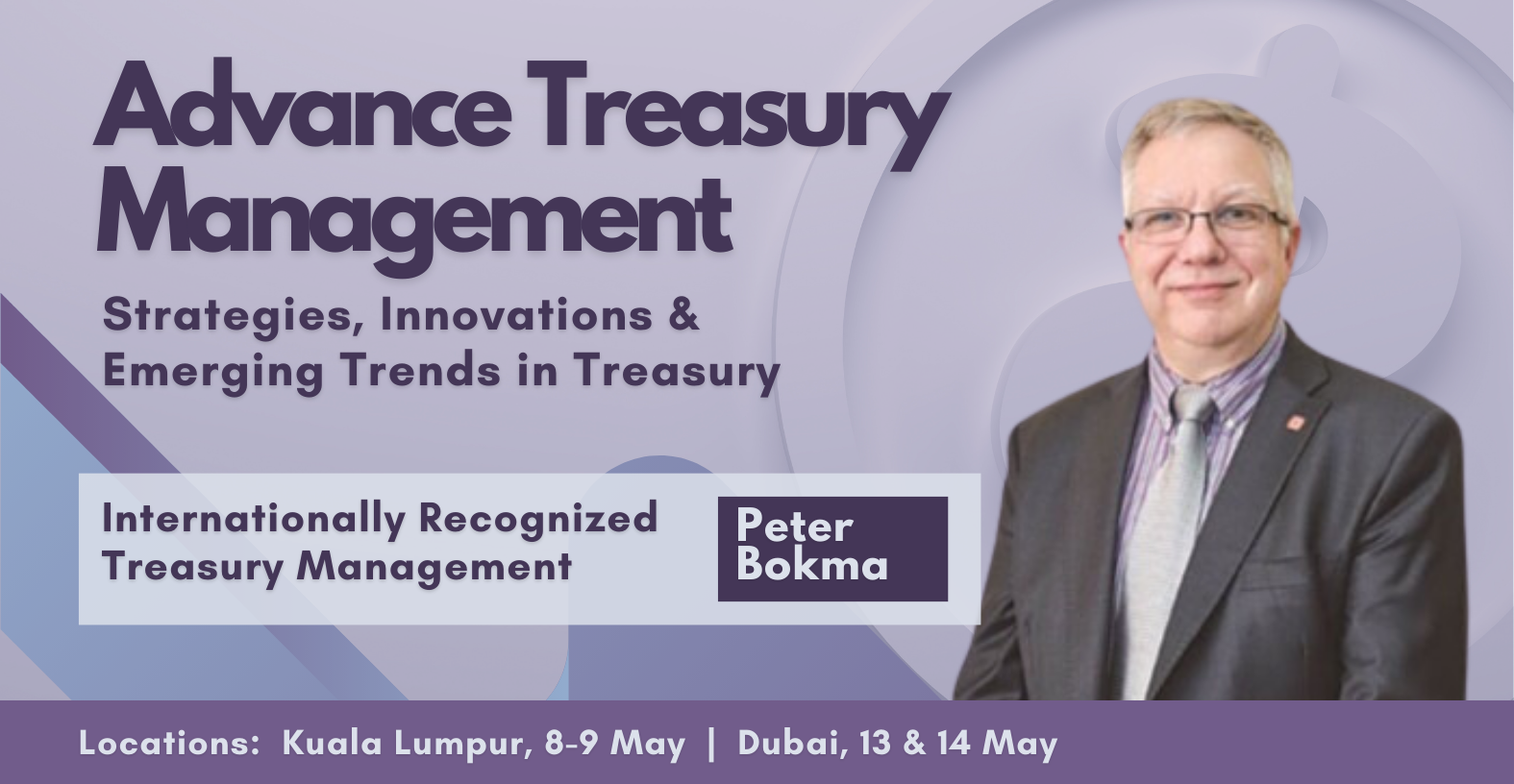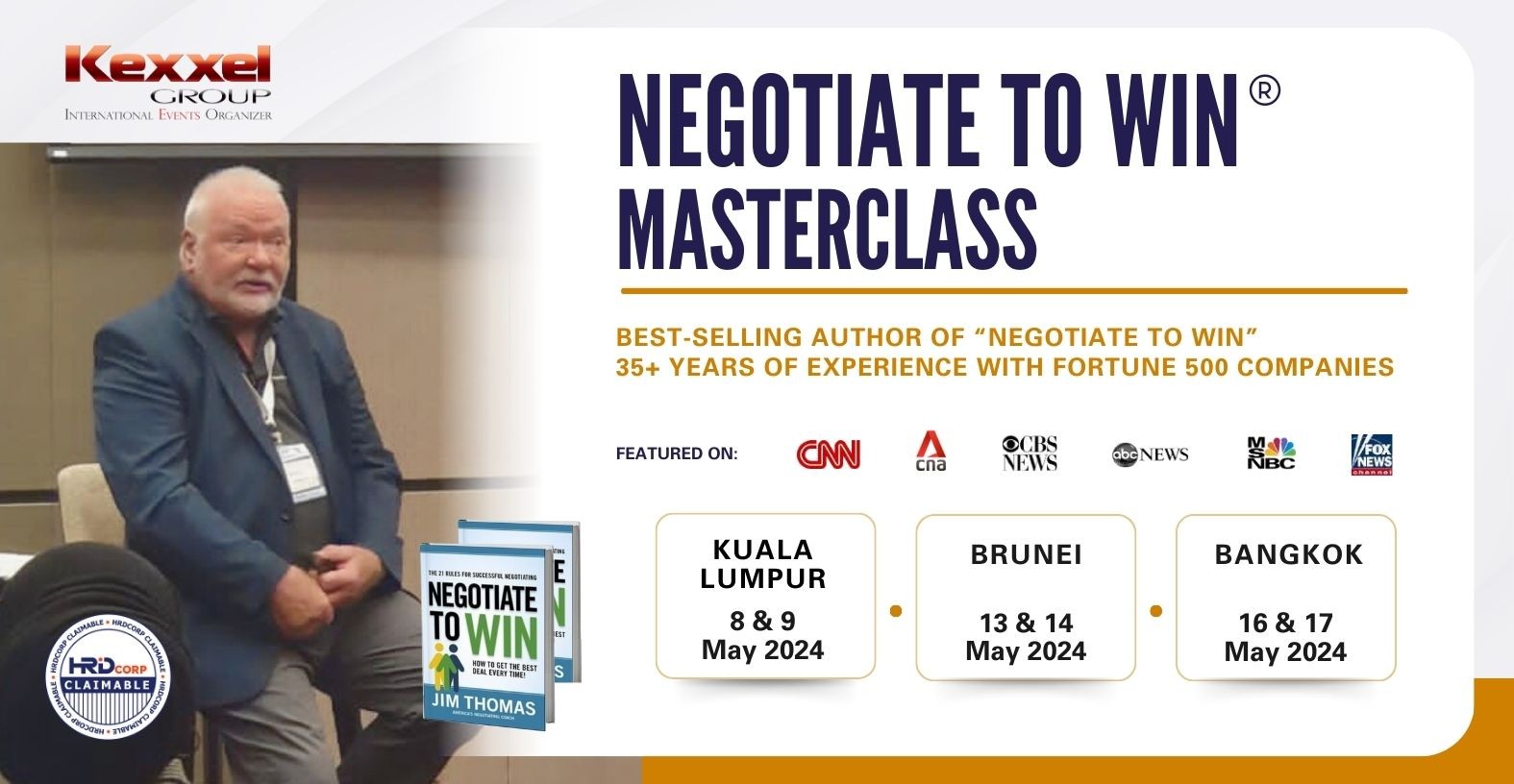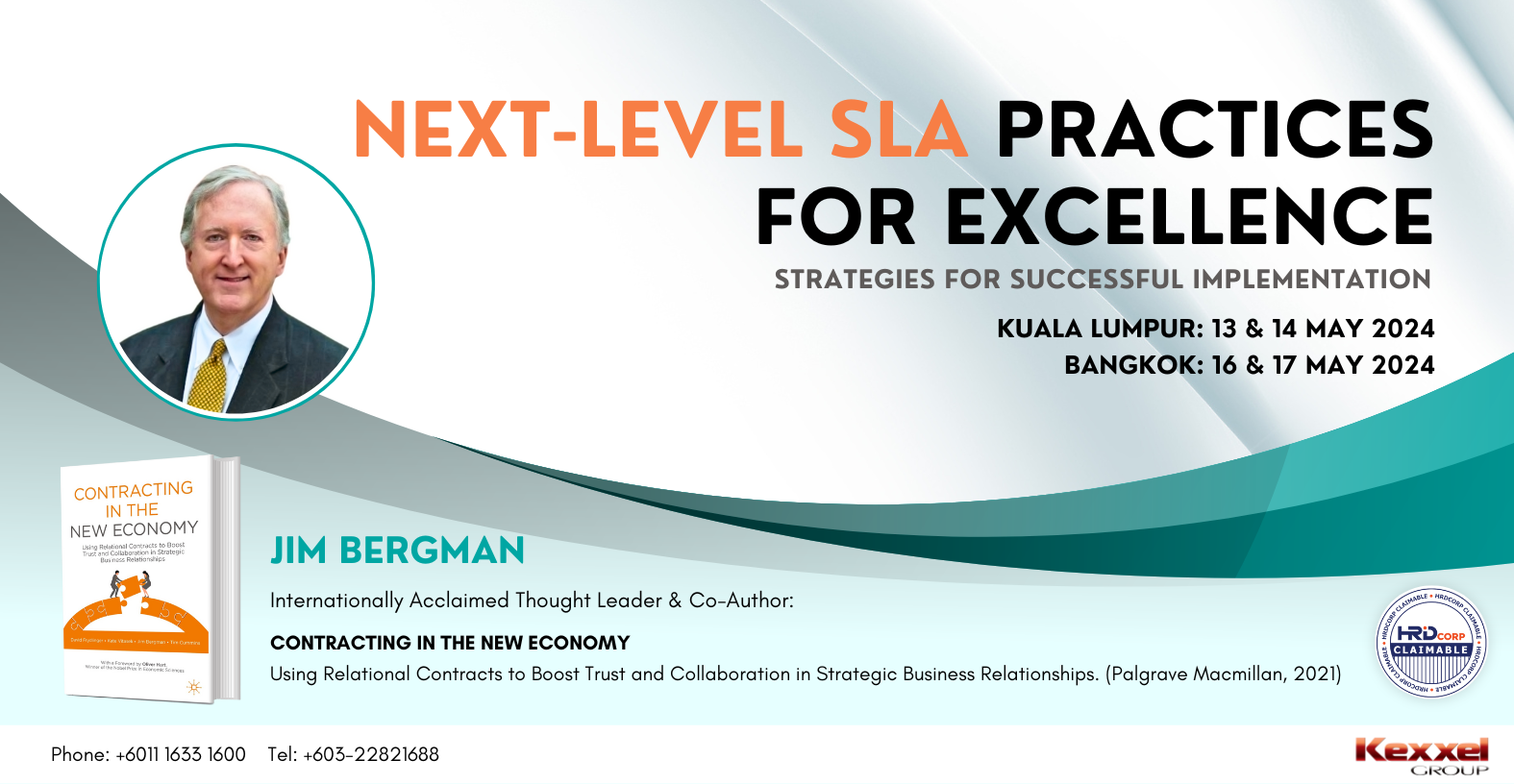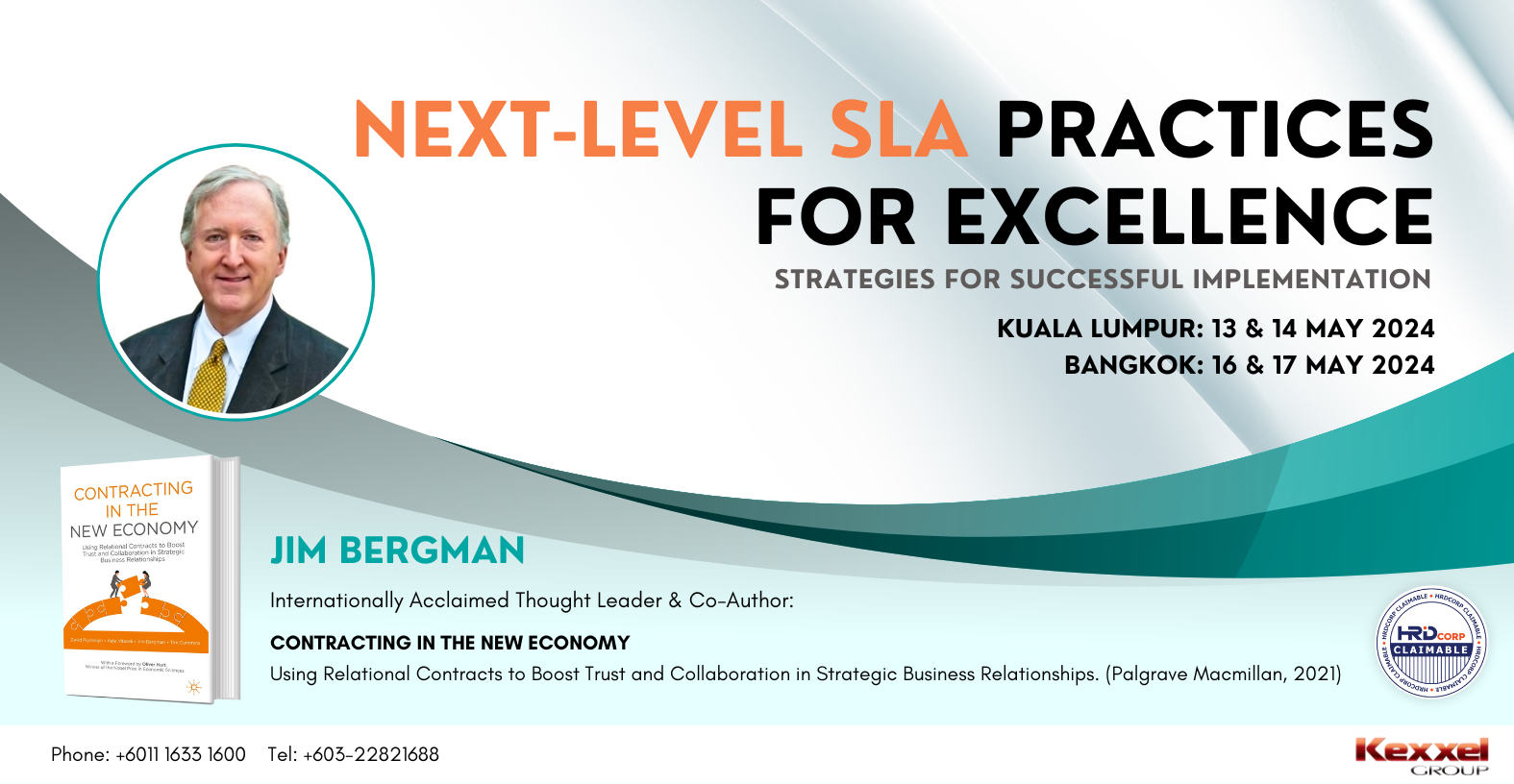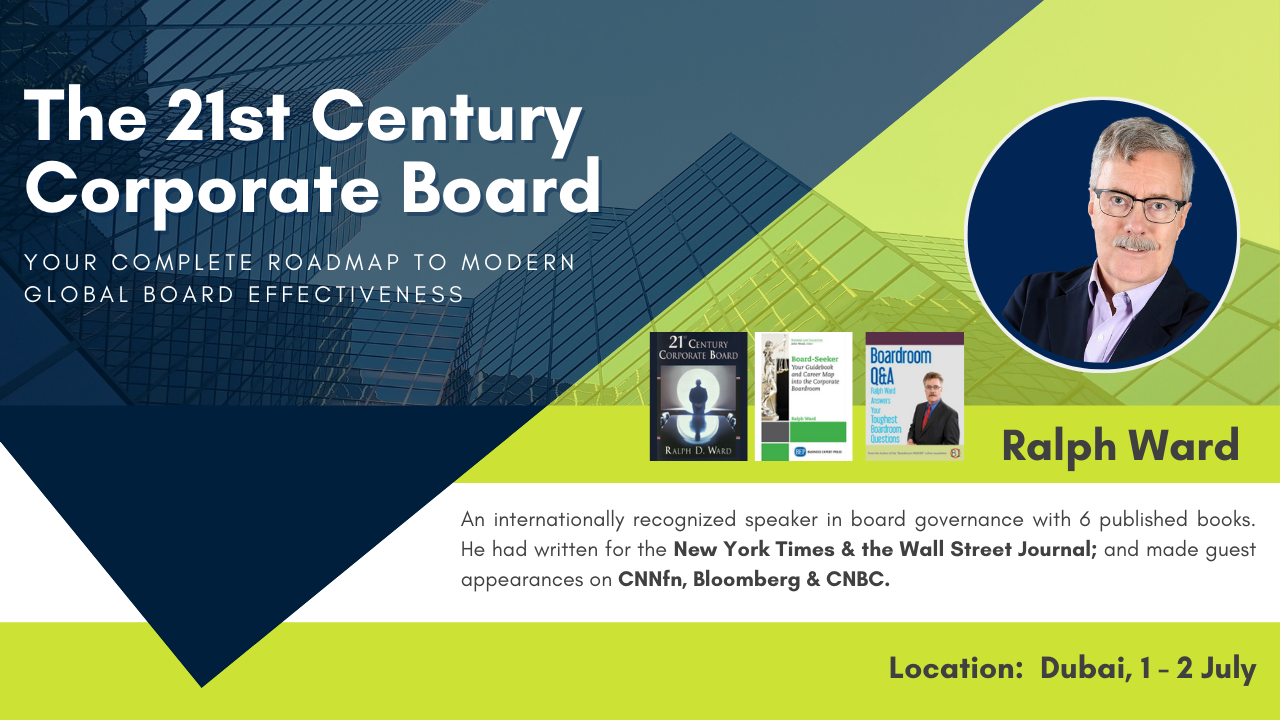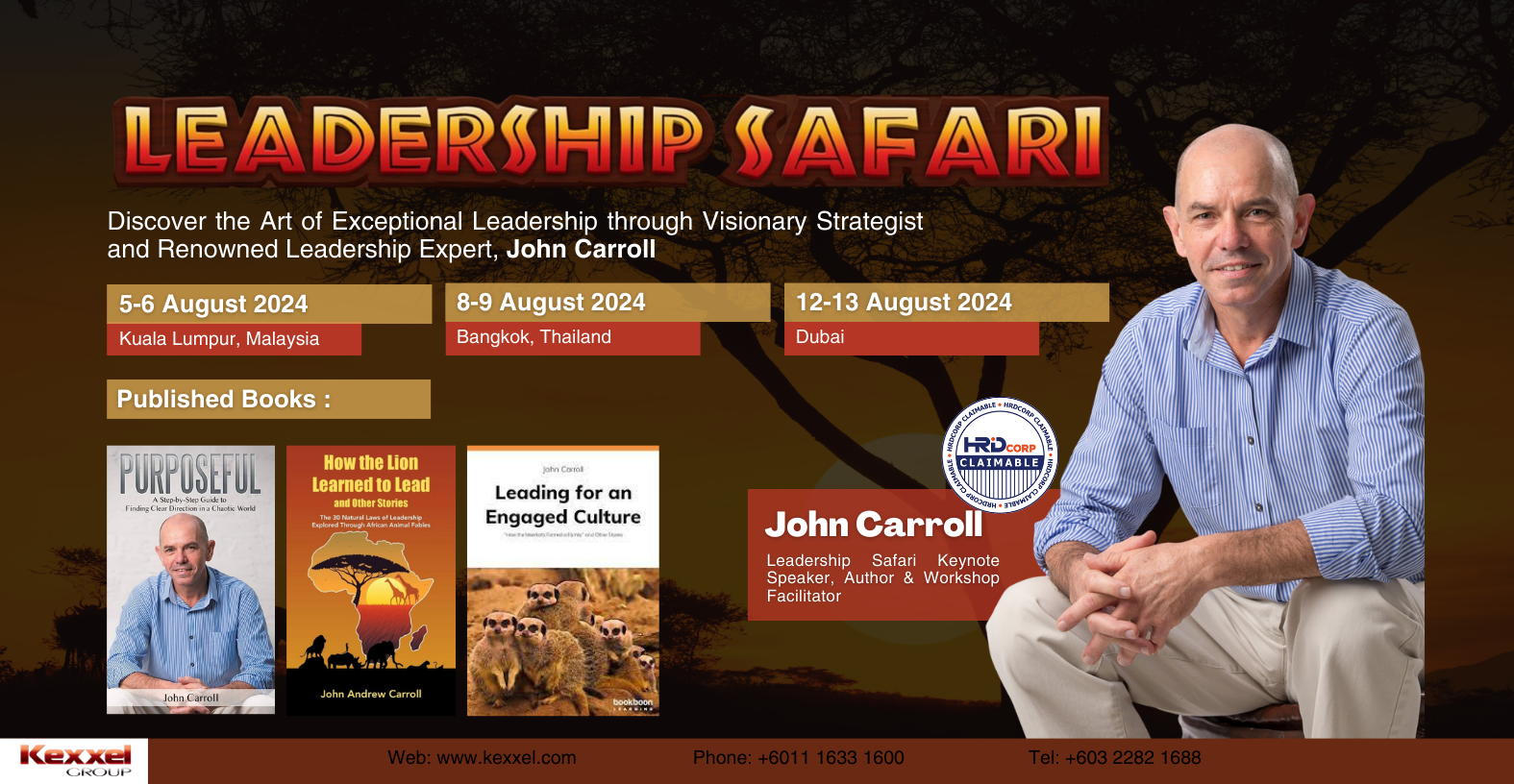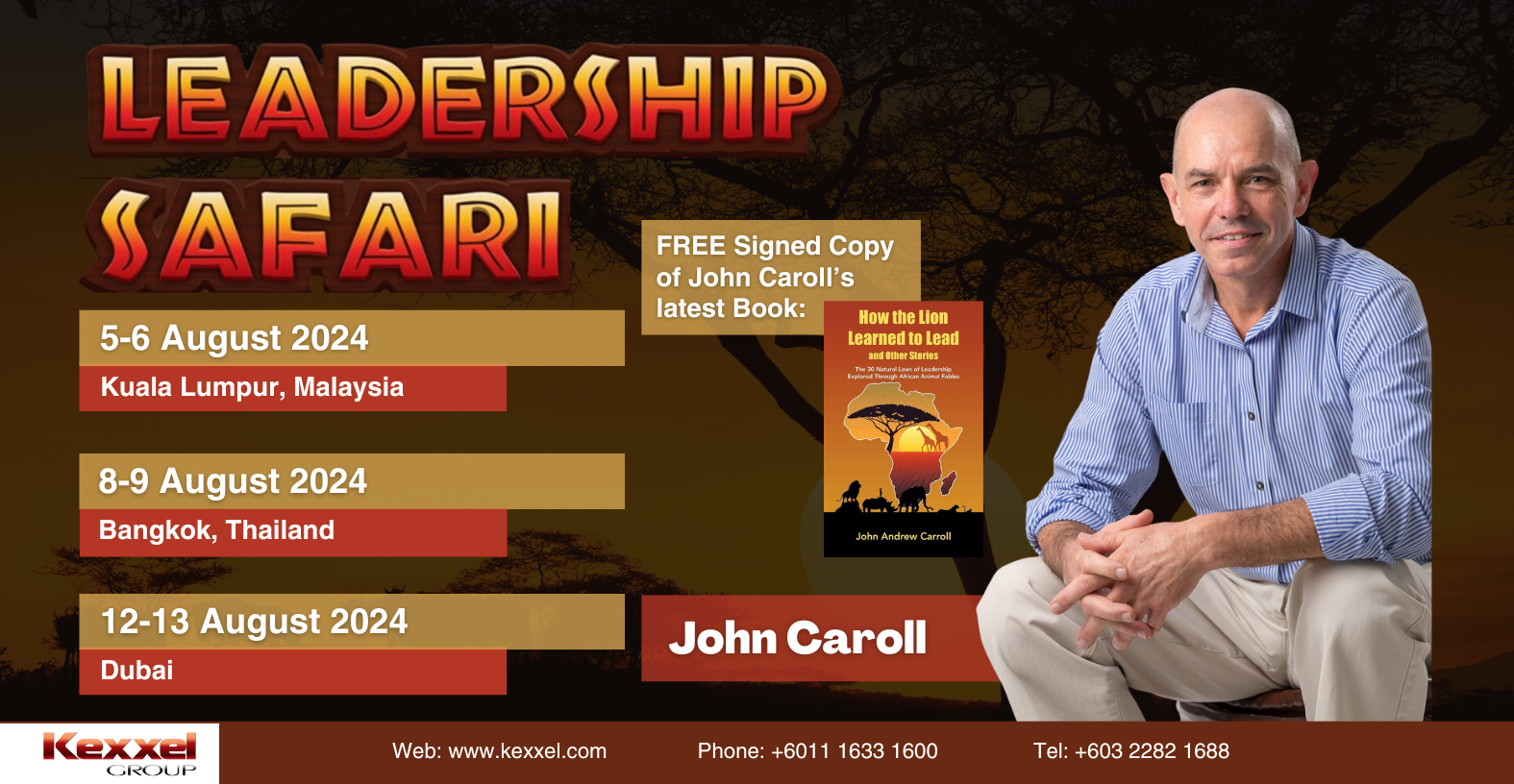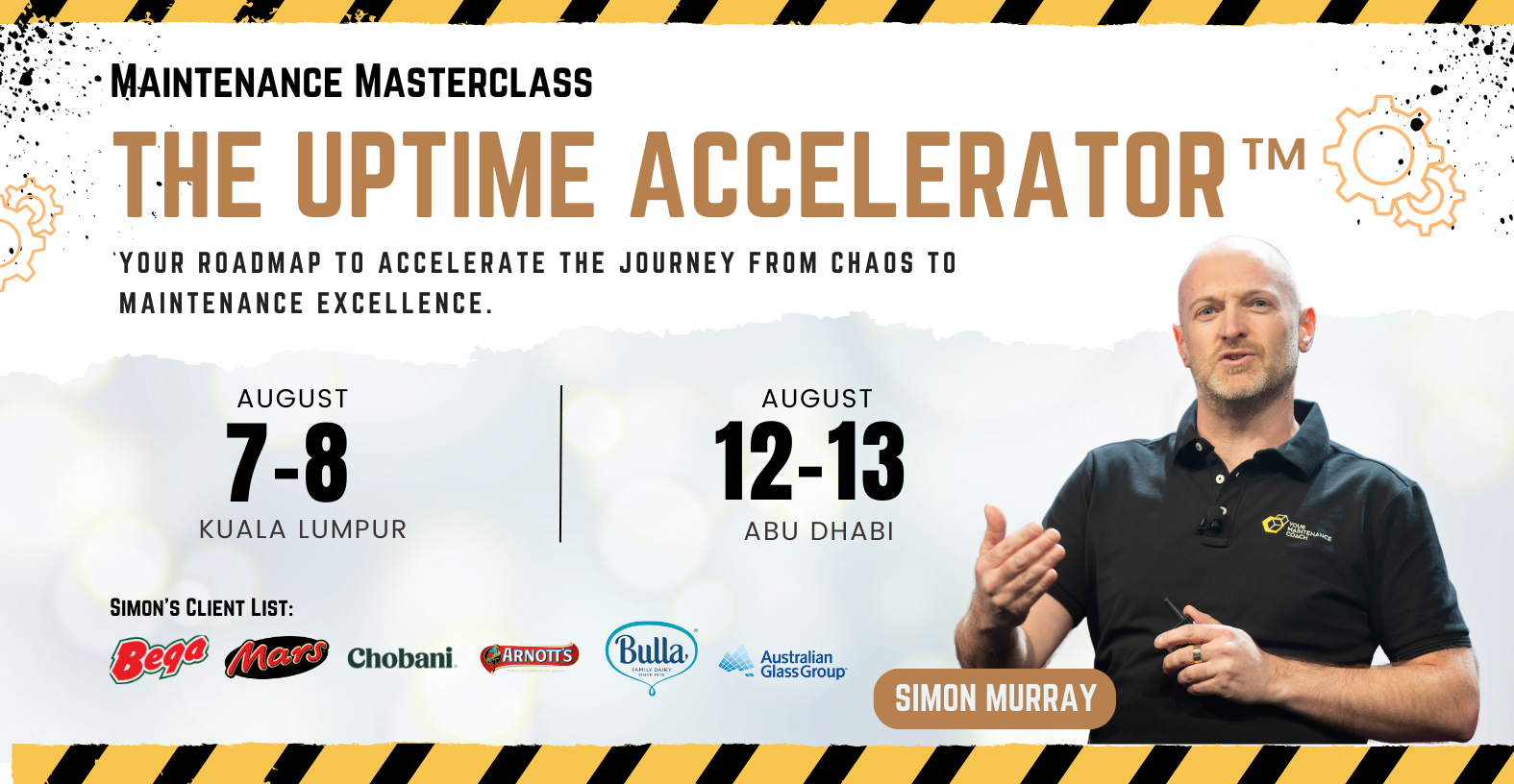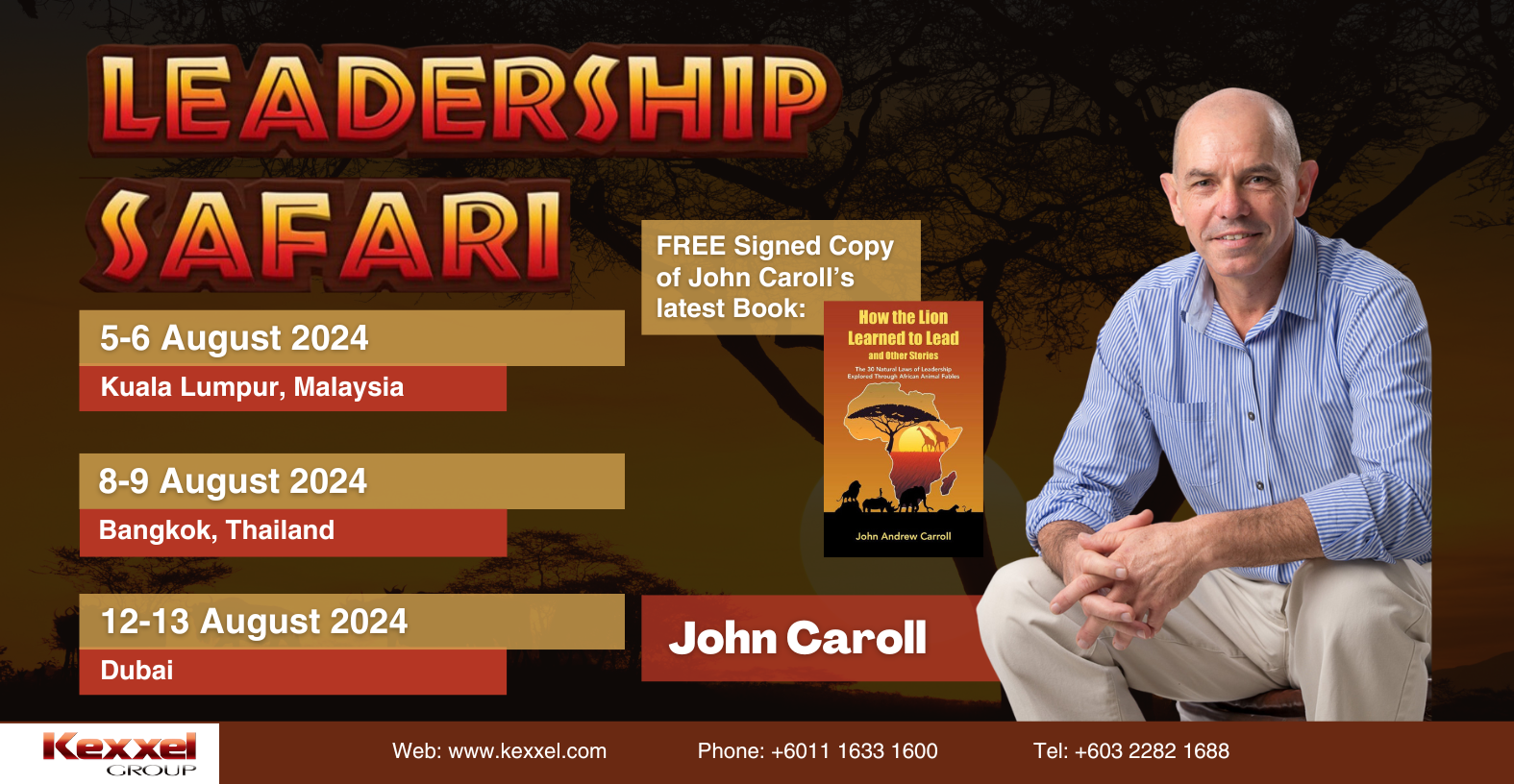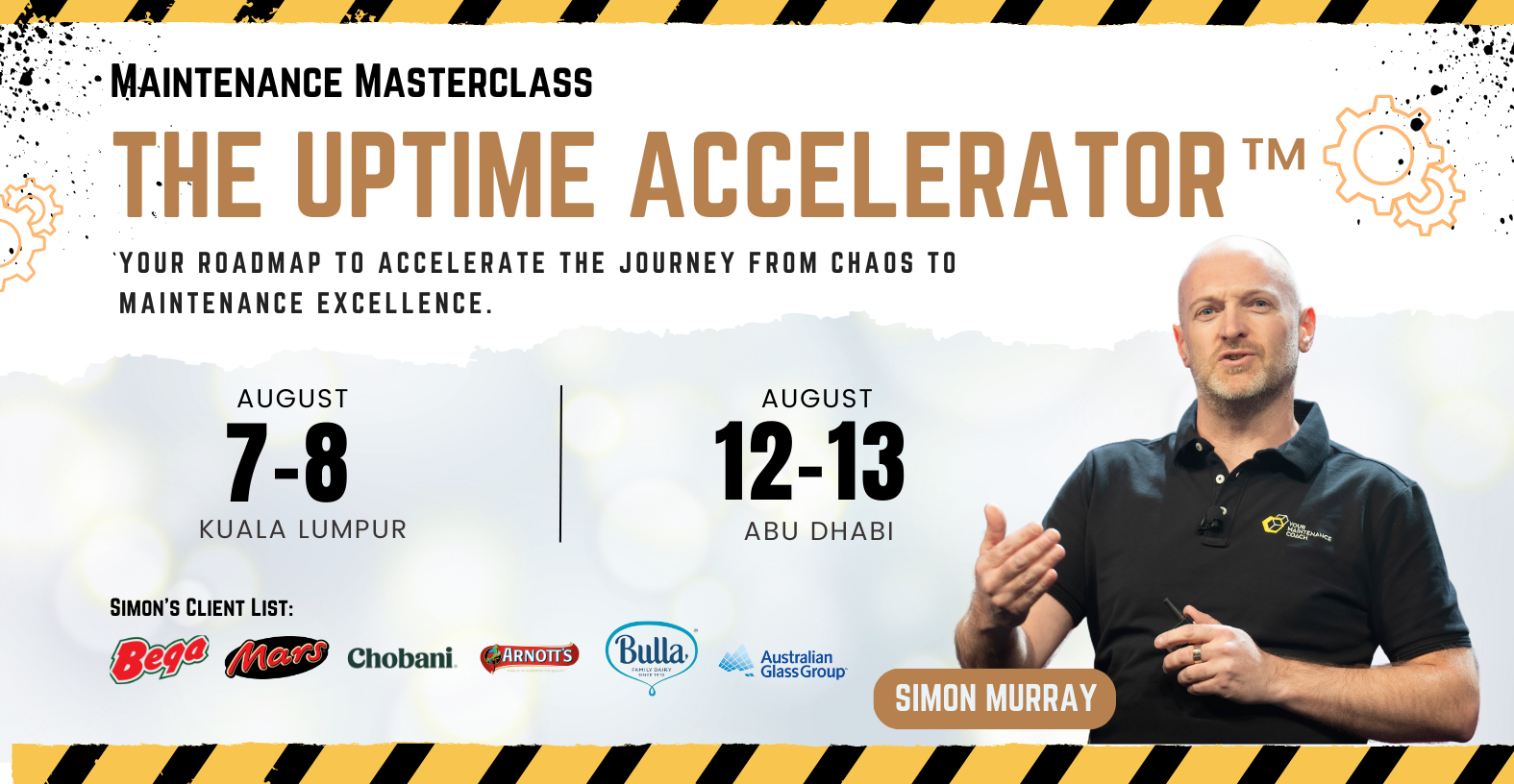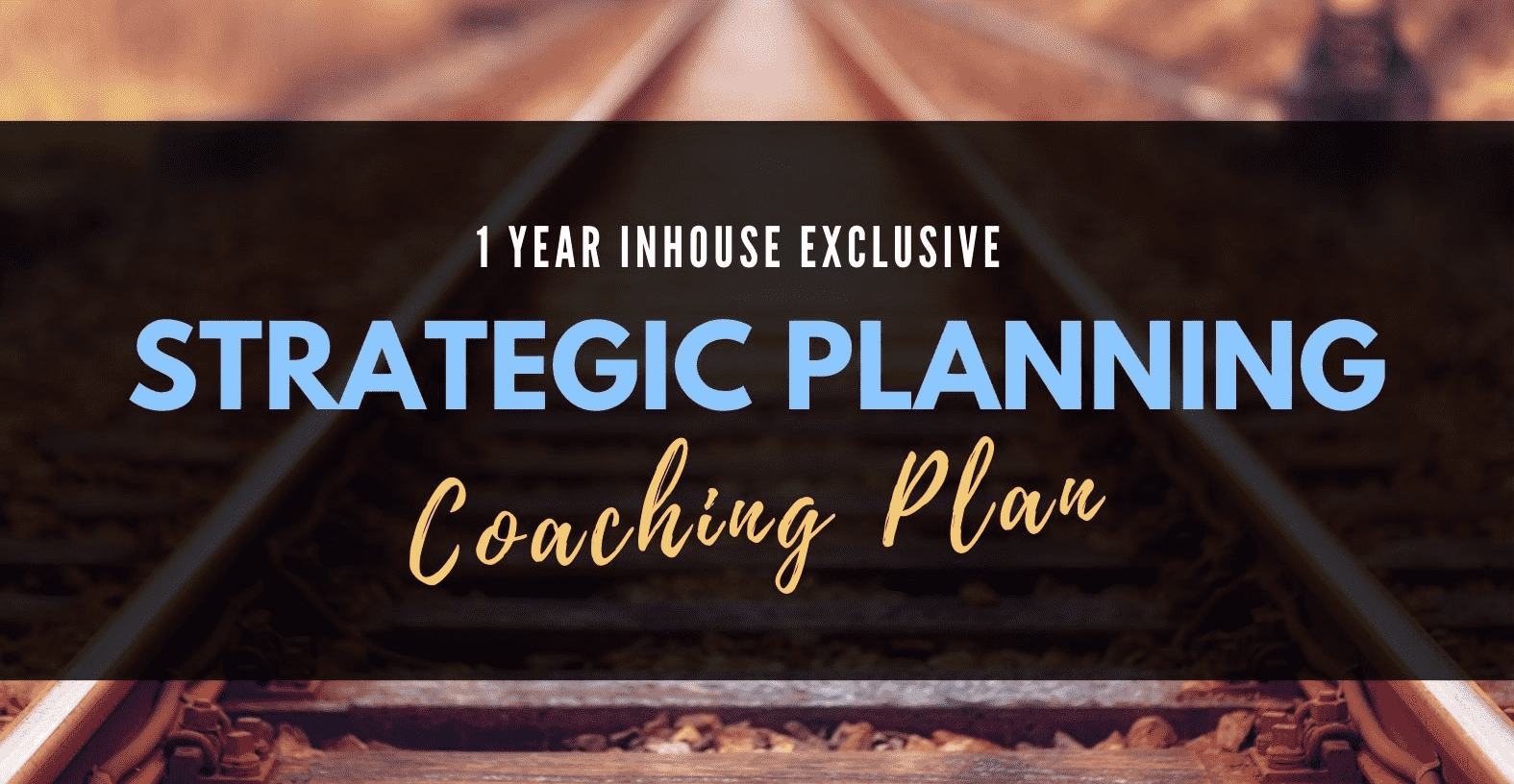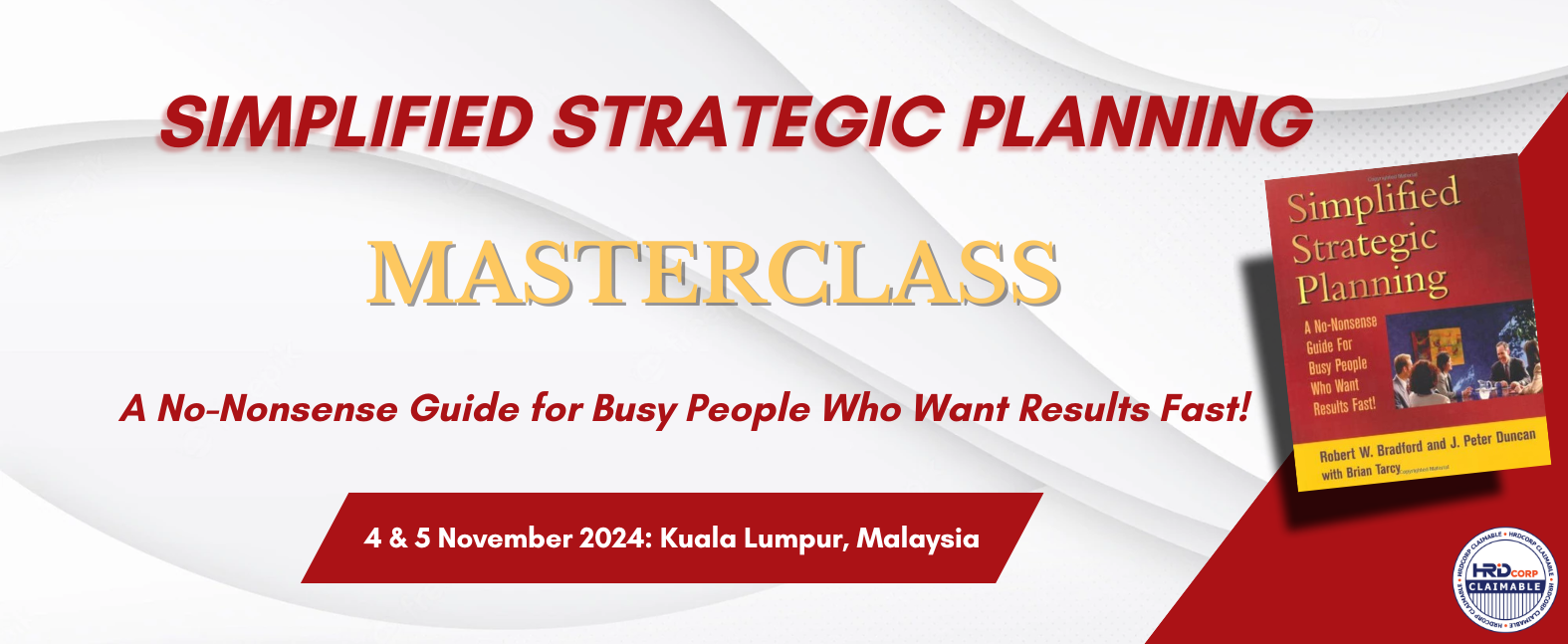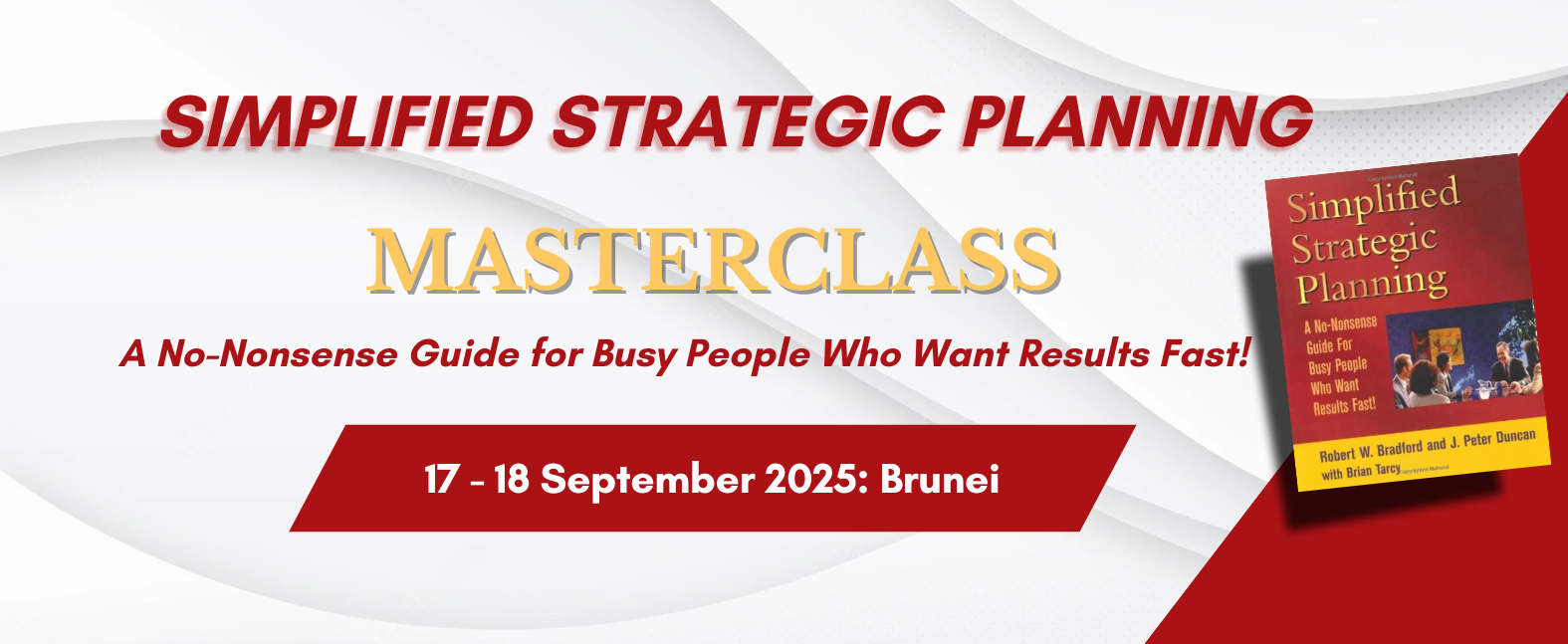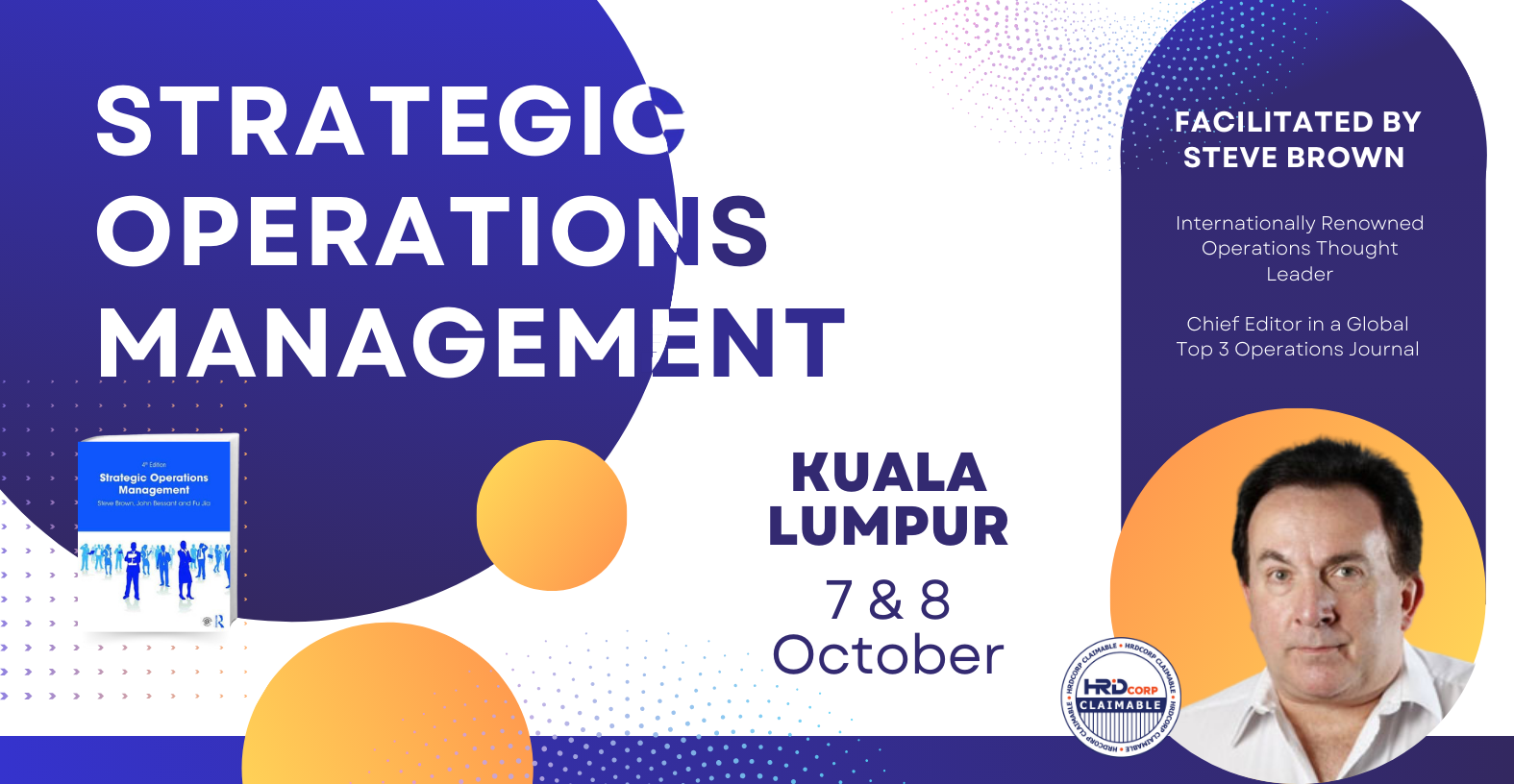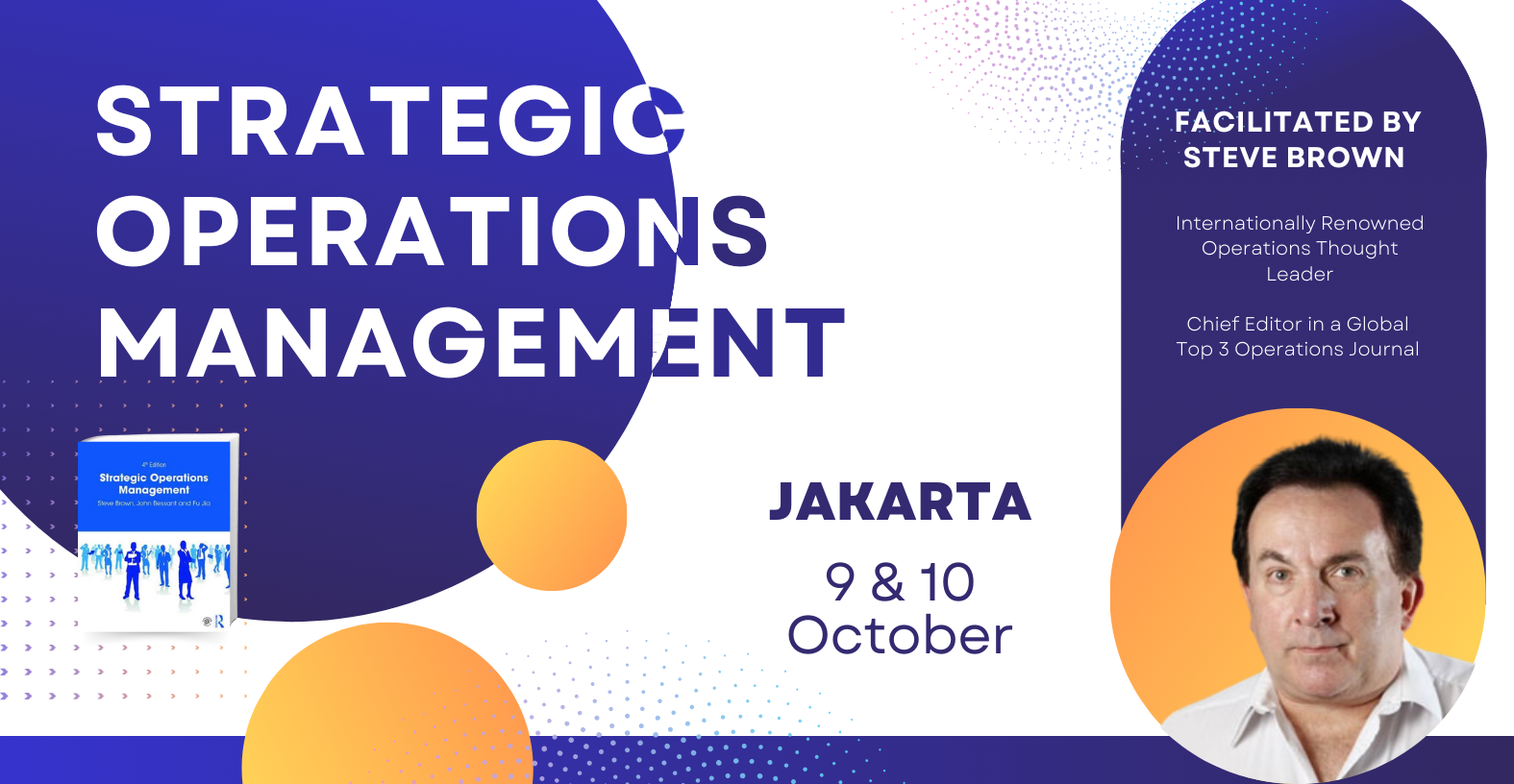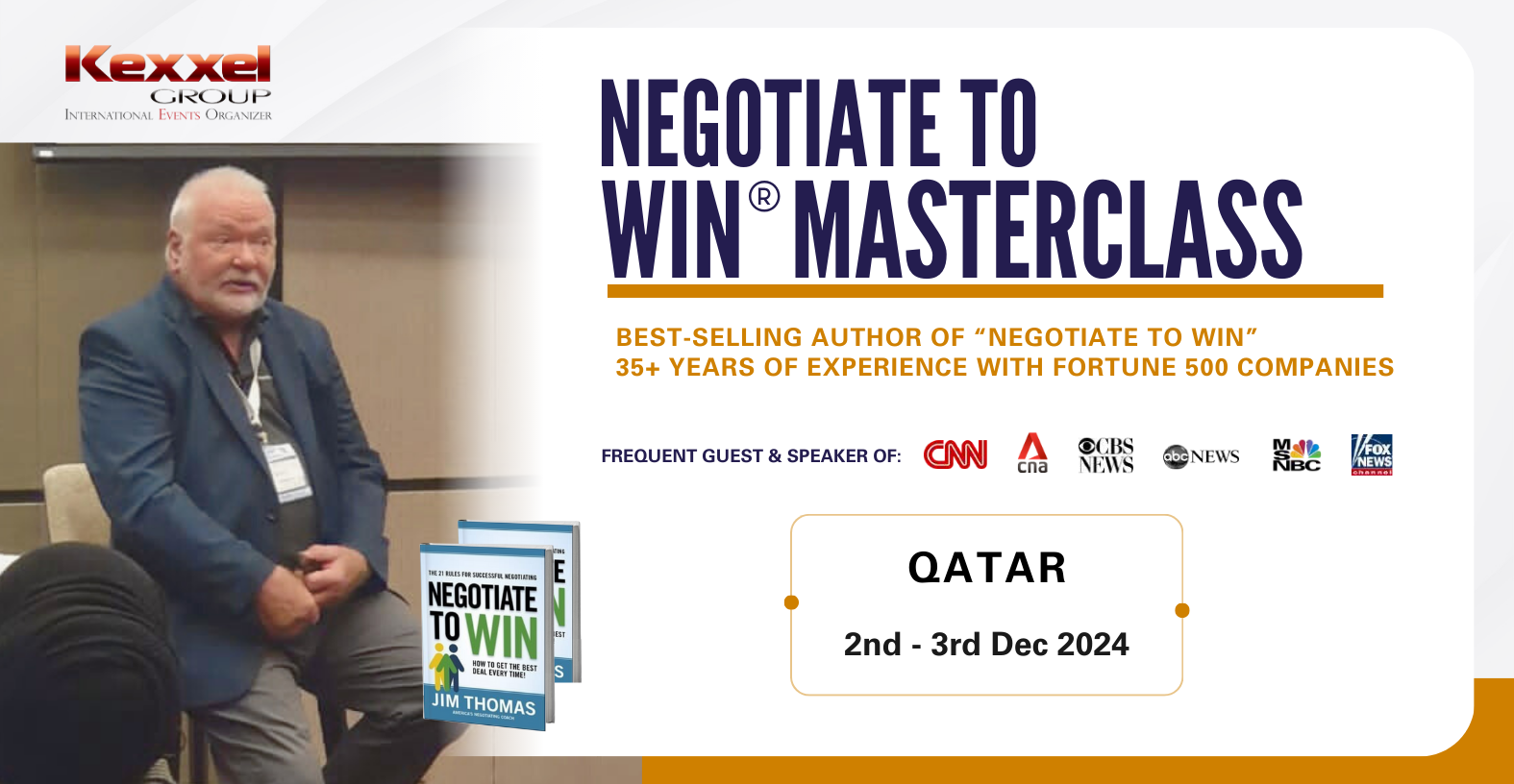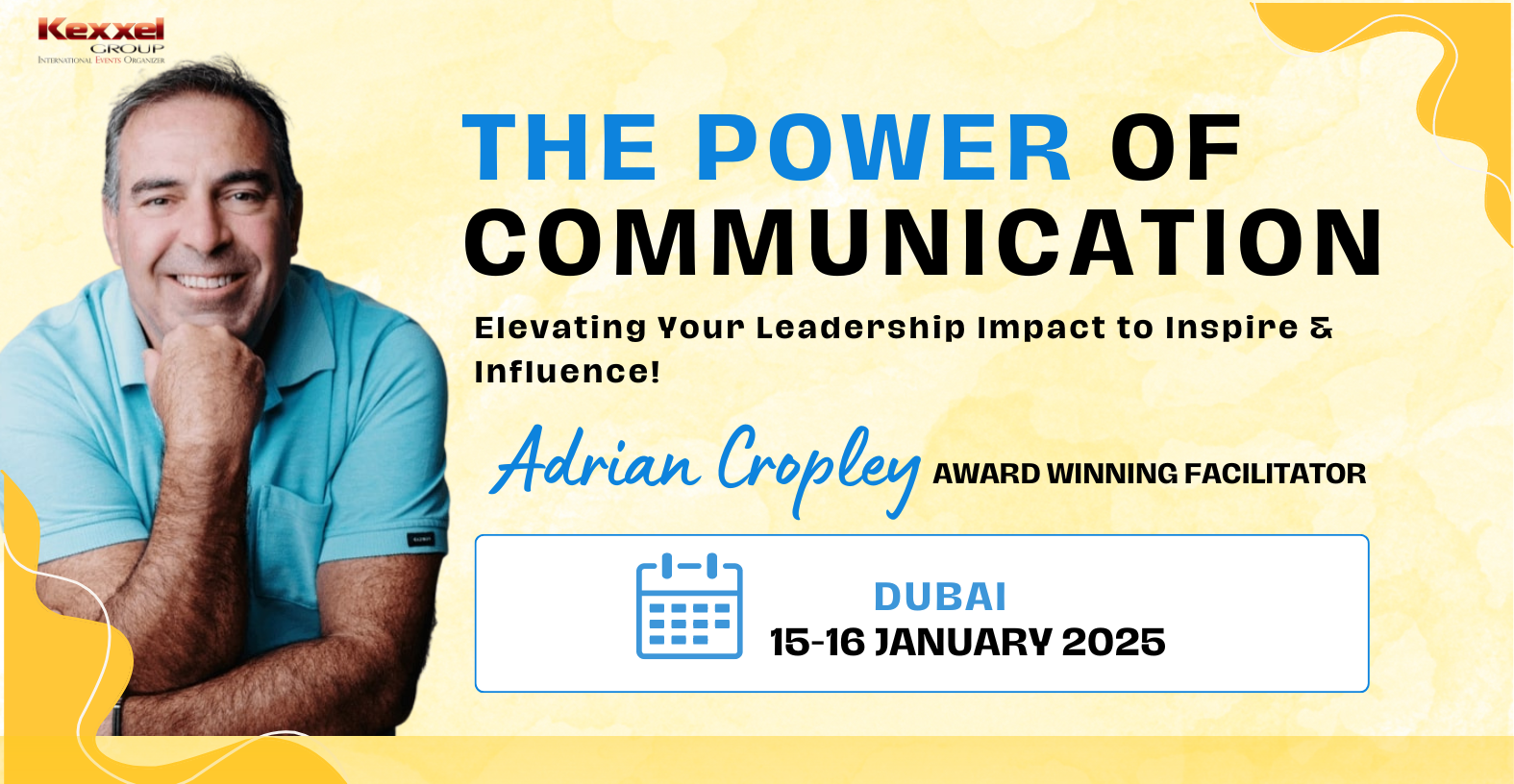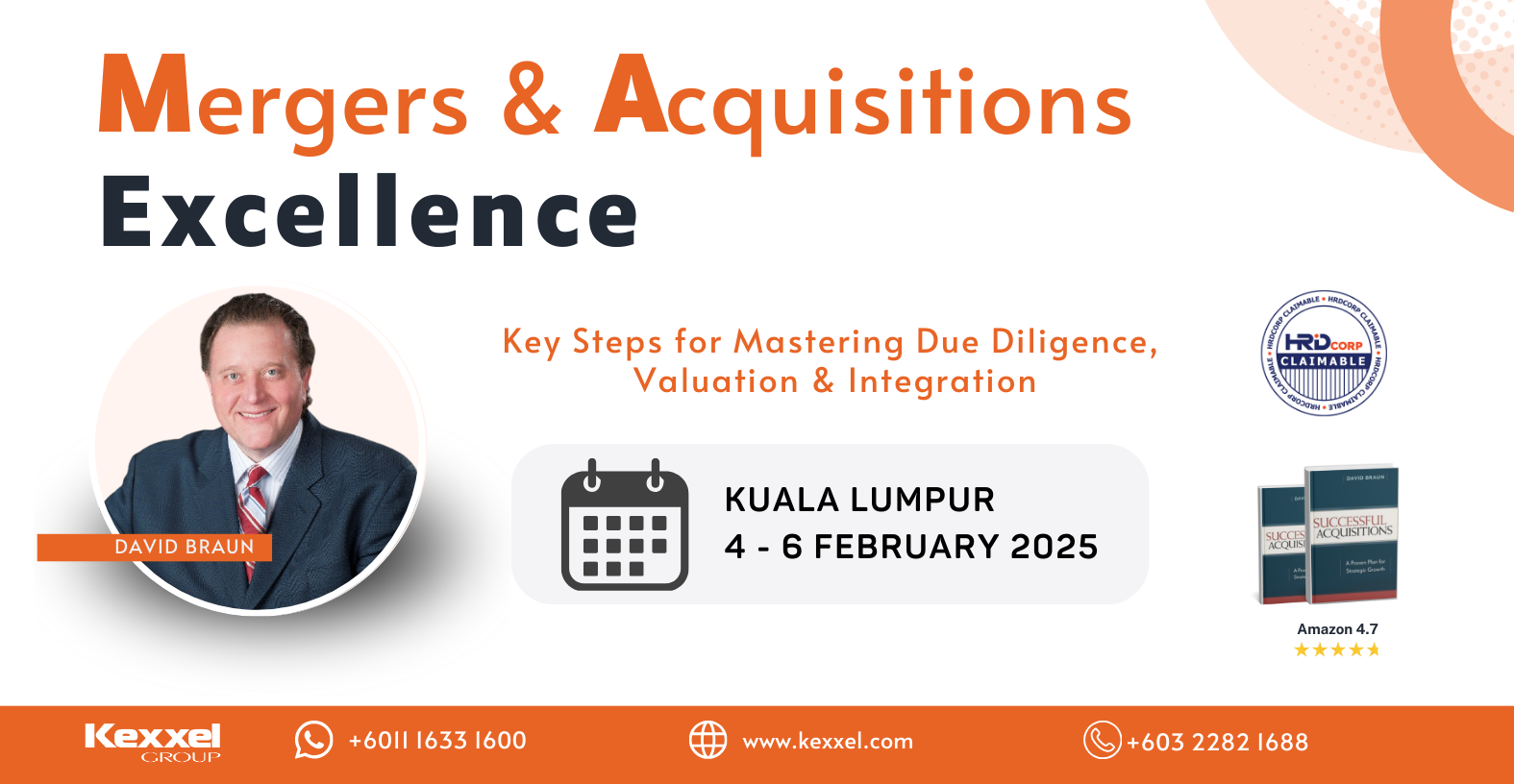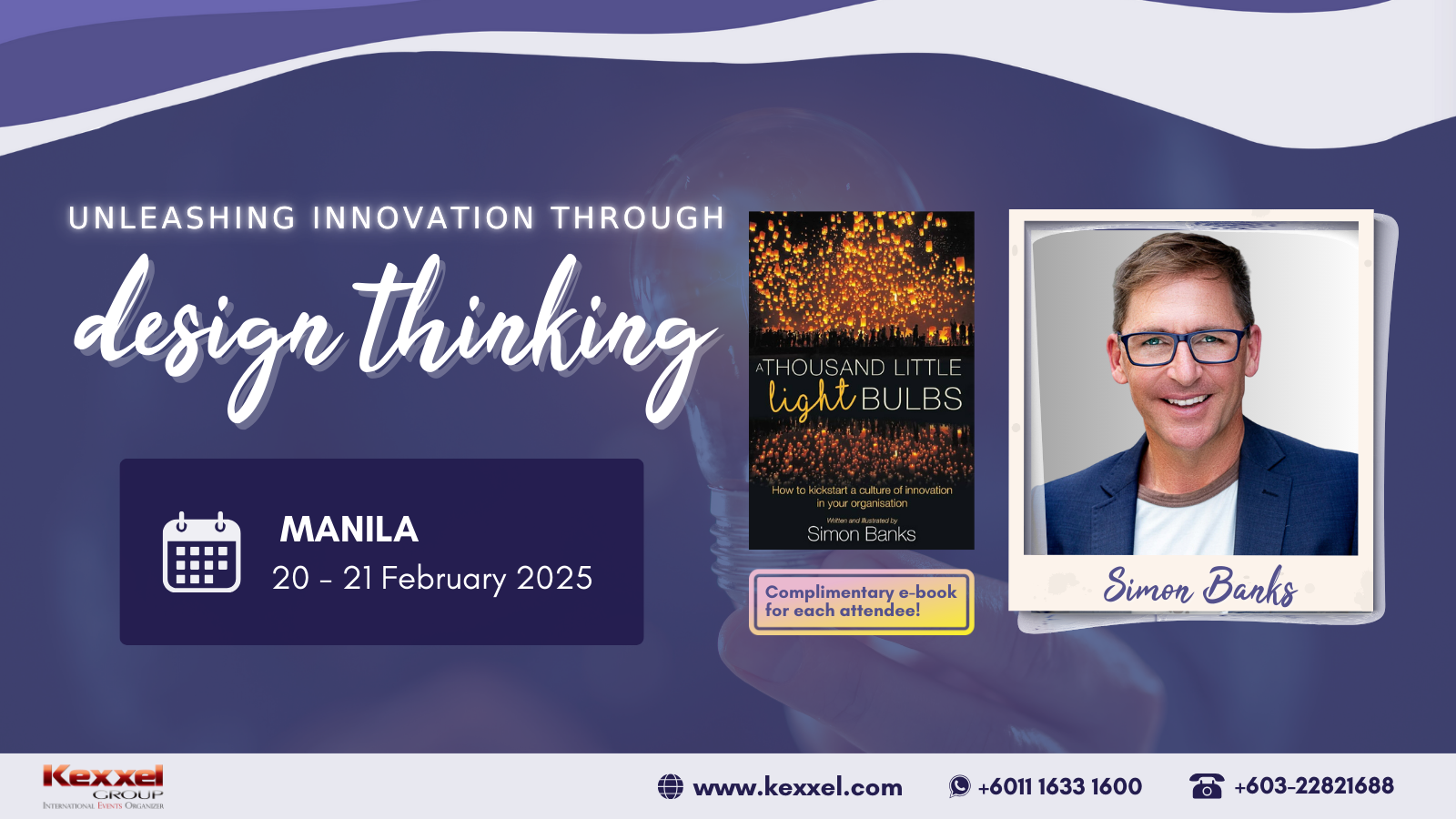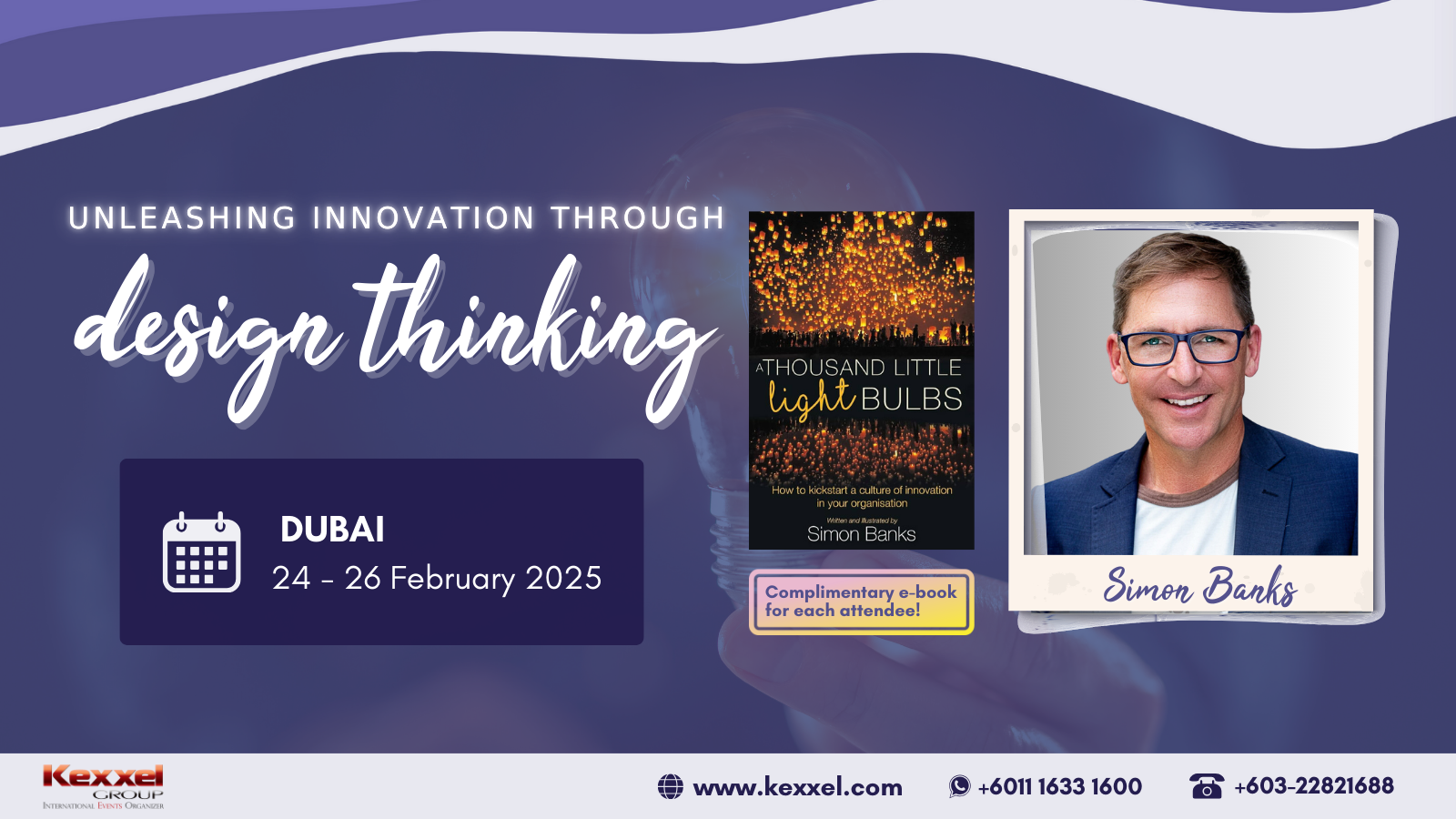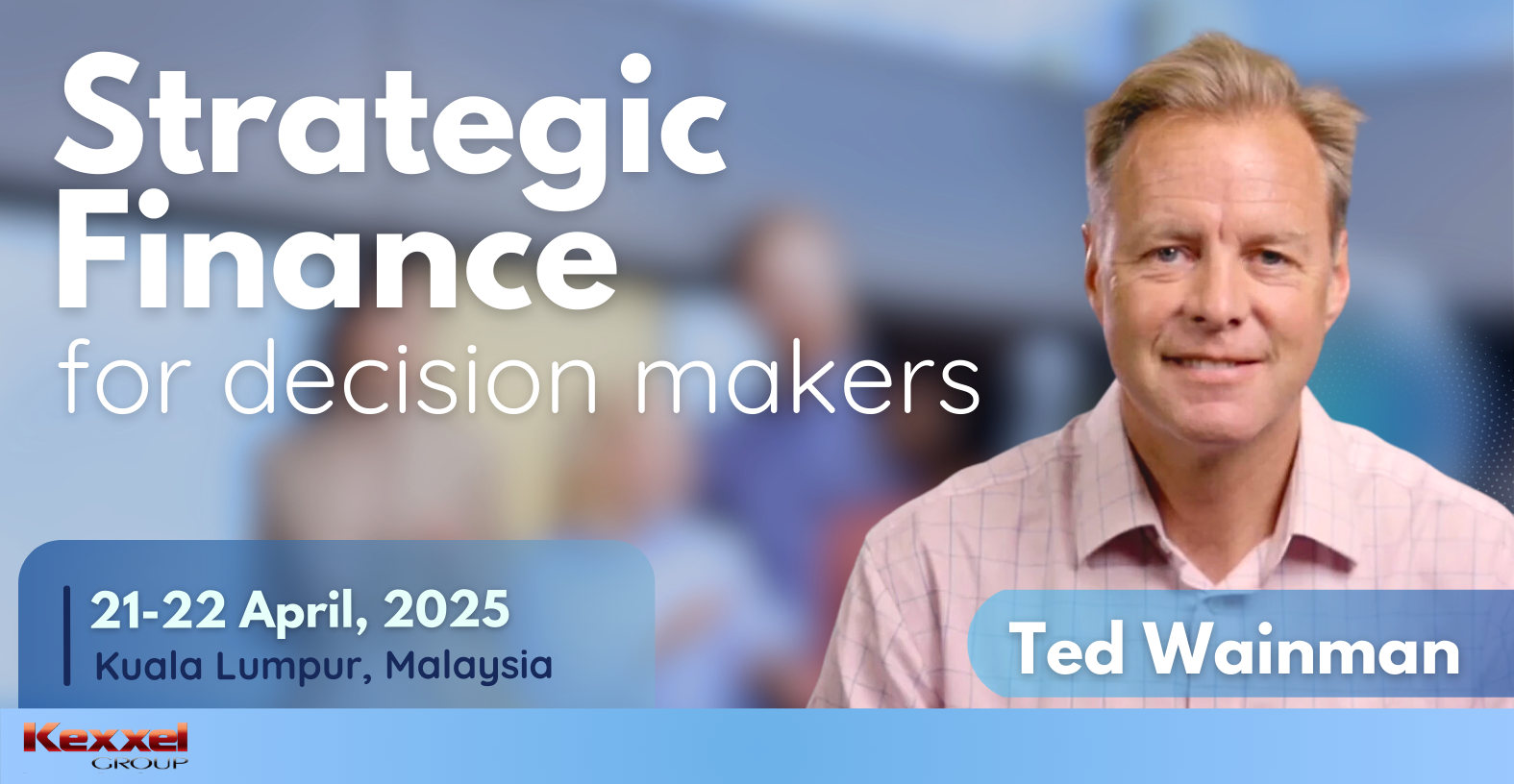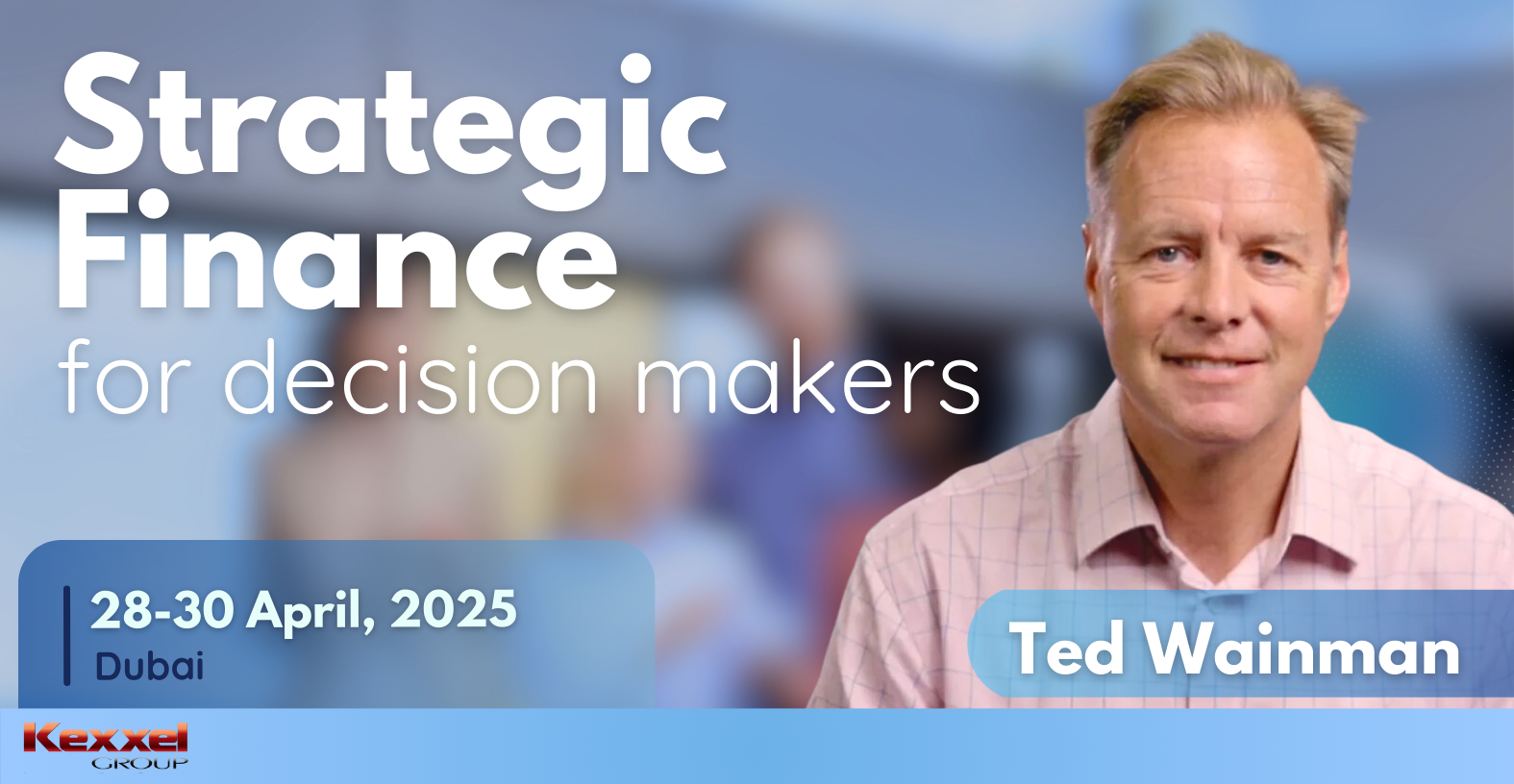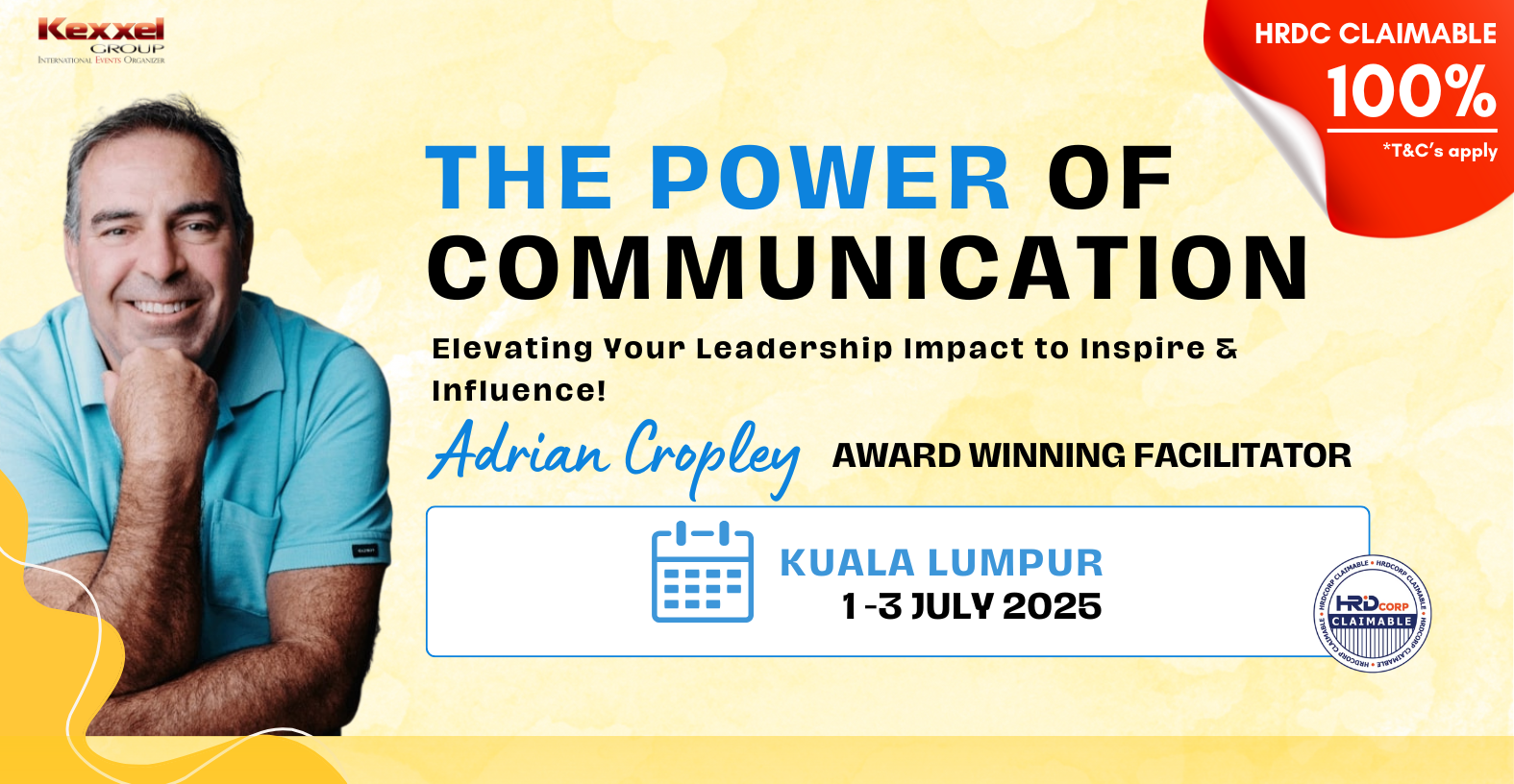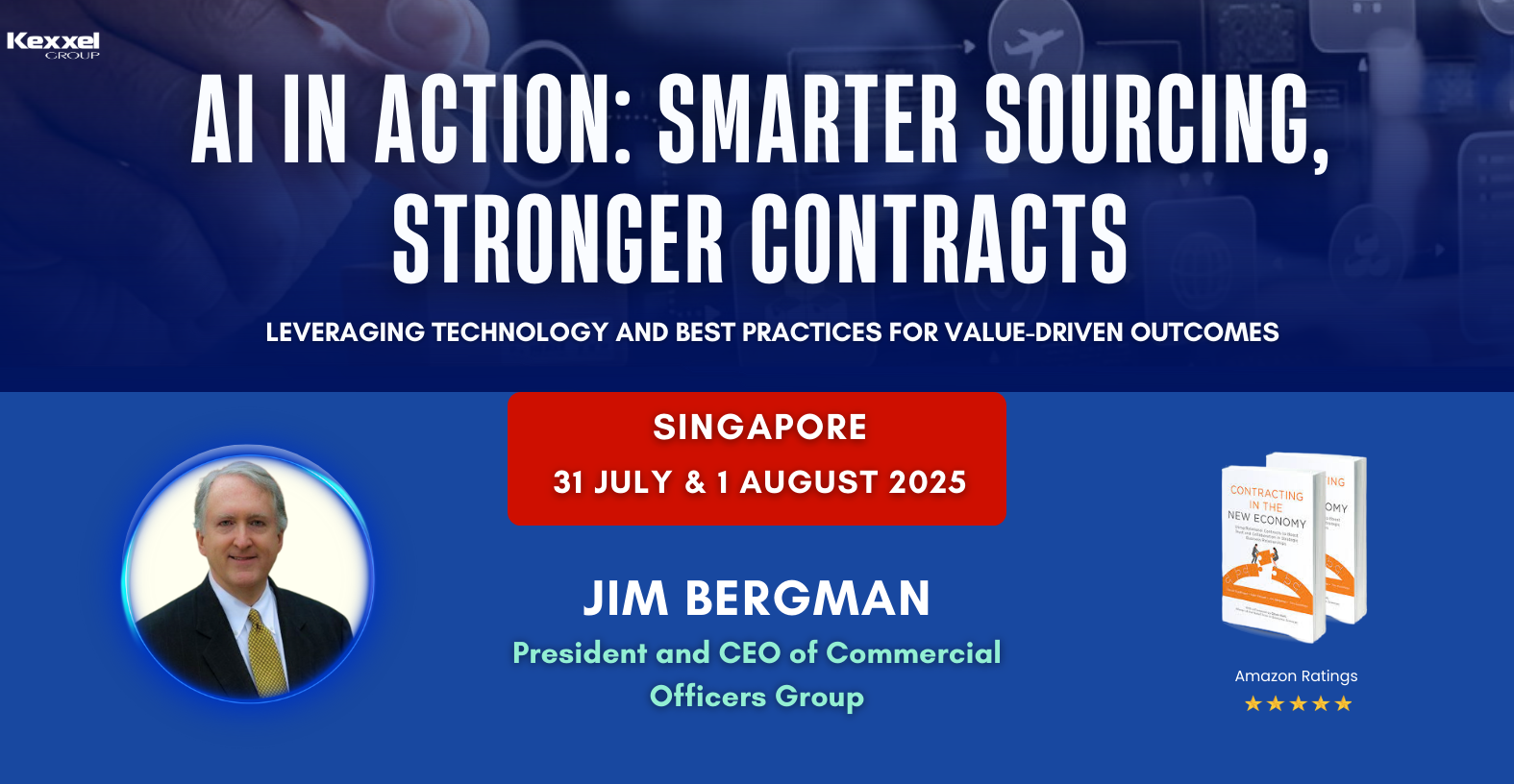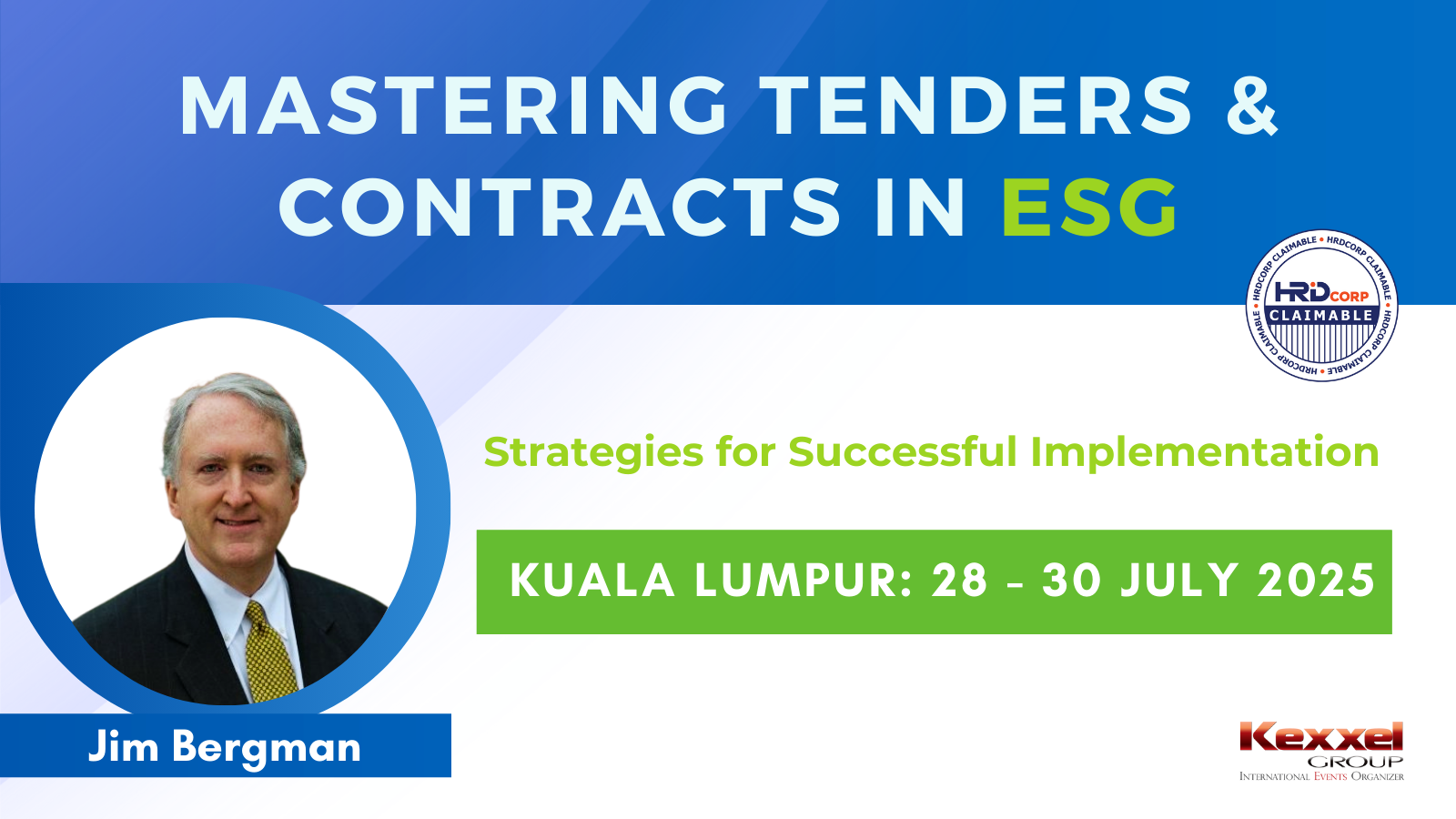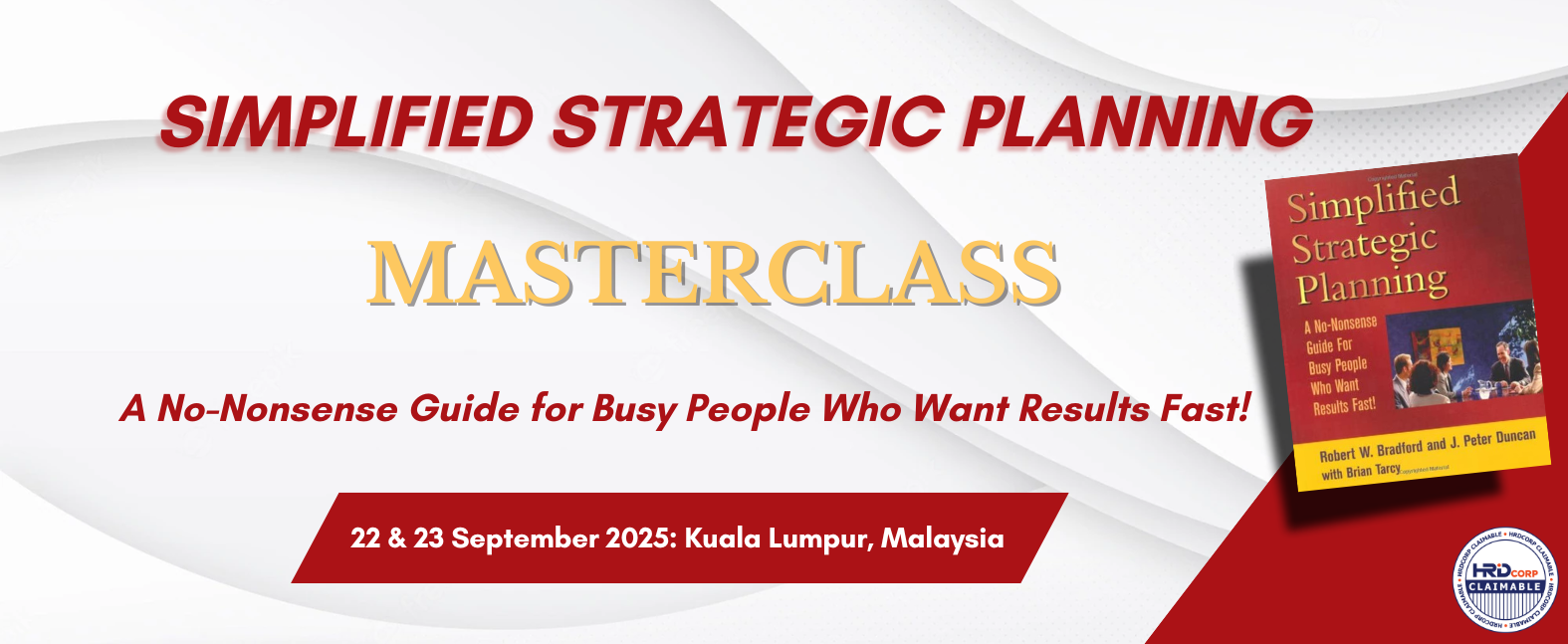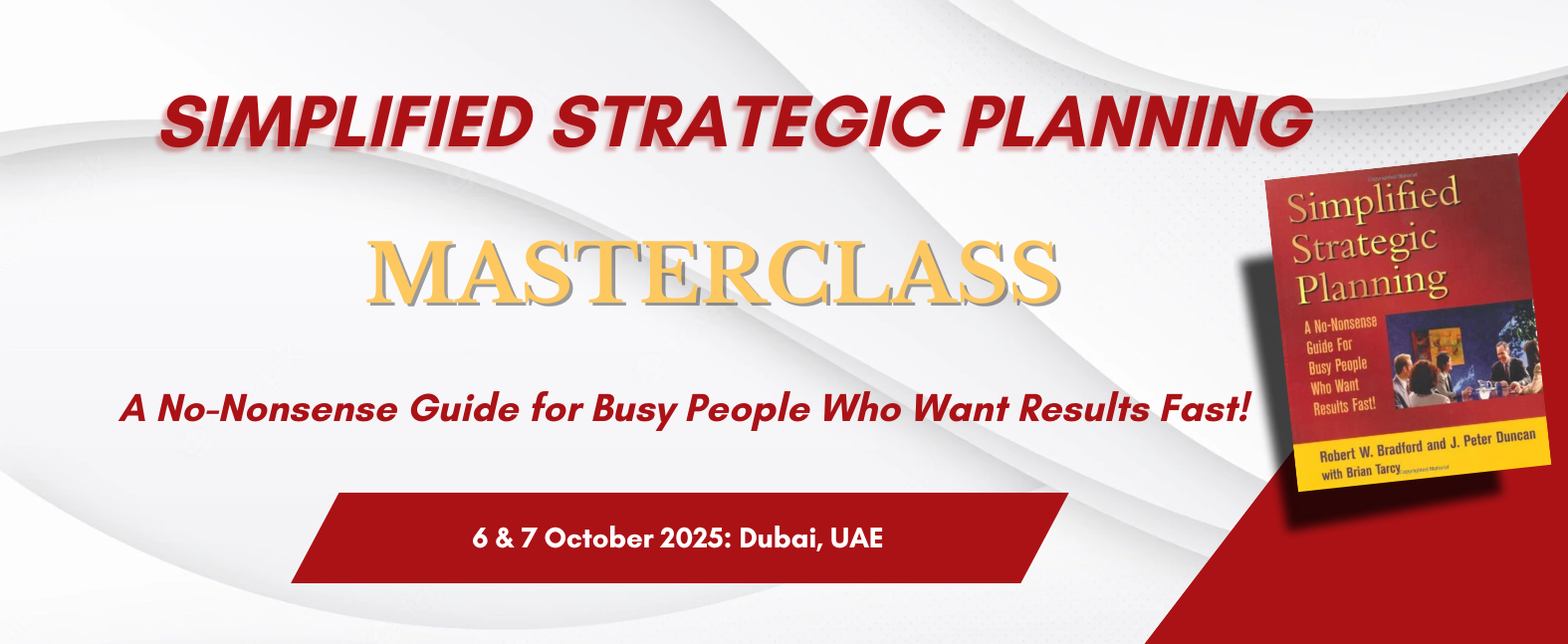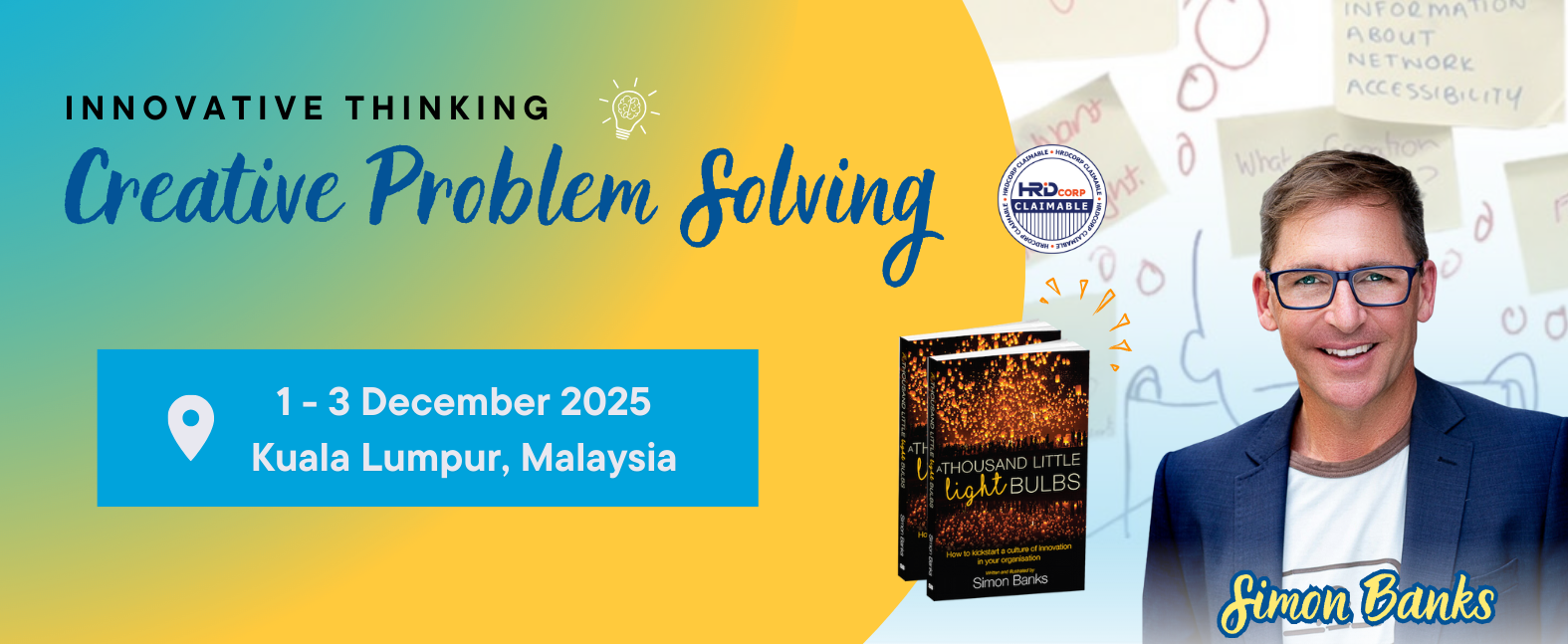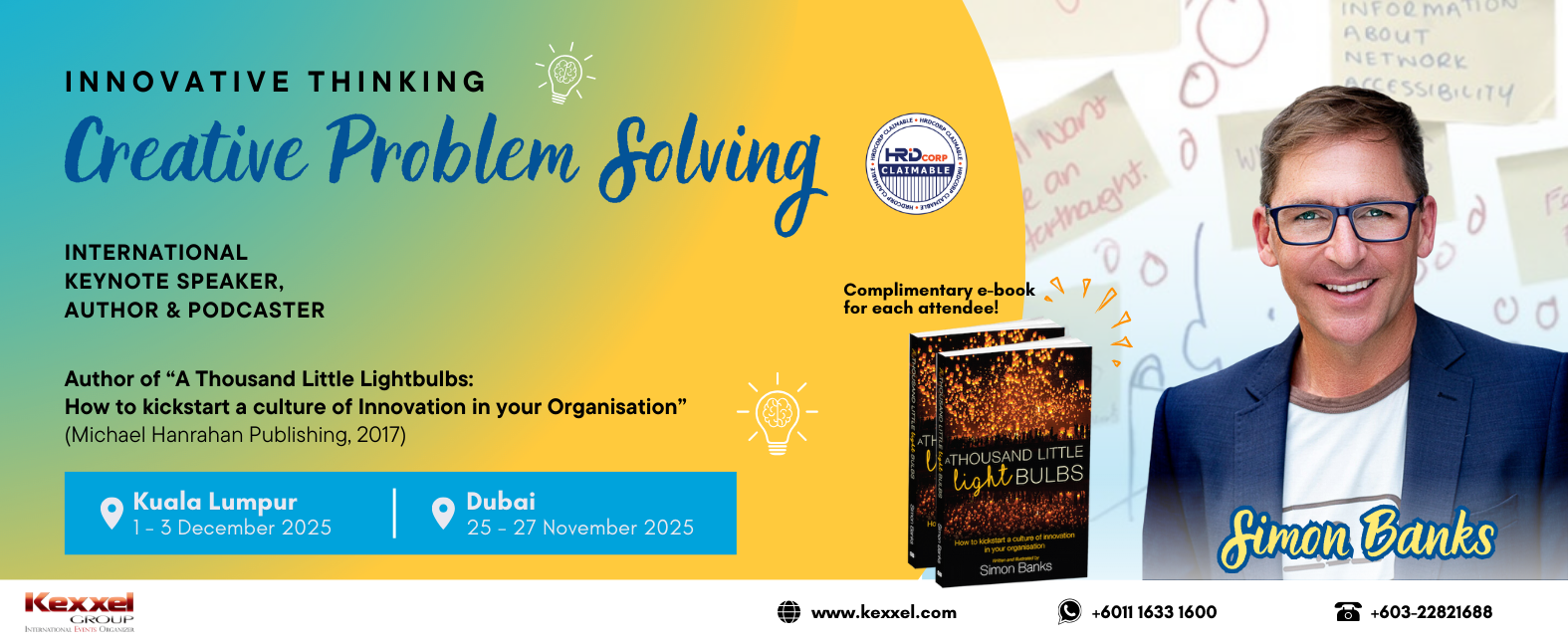
25-27 November 2025
Dubai
TBA
Overview
Facilitated by Simon Banks, a globally acclaimed expert in Creativity and Innovation, this course is your gateway to a world of transformative possibilities. With over two decades of experience and a remarkable portfolio of over 1400 events spanning four continents, Simon has been the trusted innovation partner for industry titans such as Google, EY, IBM, and many more. Simon's expertise resides at the crossroads of creativity and design, where he artfully blends his artist's curiosity with a 20-year corporate career. He's not just an expert; he's a catalyst for change. His mission is to empower businesses not only to survive but to thrive in the modern age. Through cutting-edge reimagination, co-creation, and radical collaboration, Simon will be your guide to igniting innovation and achieving extraordinary results. Join him on this remarkable journey, and discover how to solve complex challenges, craft strategic solutions, and foster a culture of innovation that will propel your business to new heights. It's time to embrace your creative potential and embark on a path to unparalleled success under Simon's expert guidance.
-----------------------------------------------------------------------------------
-----------------------------------------------------------------------------------
RAVE REVIEWS
“Excellent speaker and trainer. The main strength of the event were the topics and soft skills relevant for daily usage and at professional settings.”
Chai Woon Geok, Senior Vice President, AmBank
"Fantastic module and programme."
Abdul Nazim Bin Awang Abdul Rahman, Manager - Brand, Campaign & Sponsorship, Sarawak Energy
“Simon is an expert in his field. This training opened up my views on looking at things especially from a Marketing & Product Development point.”
Mokhzani Muhamad, Assistant Vice President, MIDF
"Content is very helpful & interesting. Presenter & facilitator is good."
Jittima Nuntavichitraporn, Deputy Chief Financial Officer, Bumrungrad Hospital PCL., Thailand
“His design thinking approach has helped accelerate our team development journey and has already started to produce great outcomes by making sure that the team focus on ready-to-use outcomes which are equitable, enjoyable and most importantly useful. Guaranteed, I would love to work with Simon again.”
Nigel Nisbett, Director of Professional Services for Asia Pacific & Japan, Boomi
WHY YOU SHOULD ATTEND
- You can’t solve 21st-century problems with 20th-century thinking. In a time where technology is driving rapid change and the usual rules don’t apply, this programme offers a transformative experience that equips individuals with invaluable skills and perspectives for tackling complex challenges in innovative ways. Most importantly, it helps you design and create solutions that people truly value.
- You will learn to appreciate the power of cross-functional teams and how to effectively harness collective intelligence to drive innovation, while building the ability to empathise with users, comprehend their needs and design solutions that truly resonate.
- You will explore how to build a sustainable culture of innovation inside your team or organisation, using tools that promote creativity, accountability and real-world experimentation. Through a focus on empathy and curiosity, you gain the tools to look deeper, move beyond assumptions, ask better questions and create solutions that that genuinely address real-life challenges.
- The course structure encourages participants from diverse backgrounds to collaborate on projects. This dynamic mix of perspectives enriches the ideation process, sparking unconventional ideas that might not arise in a more traditional setting.
You will leave with practical strategies for turning ideas into action, building innovation-friendly teams and leading change, even in organisations that prefer to play it safe.
KEY BENEFITS
- Taking the creative energy and confidence back to the organisation to drive change.
- Creating a Rapid Innovation Action Plan that will keep momentum going after the session.
- Developing rapid Prototypes and early-stage concepts to find what users really value.
- Develop multiple frameworks for ideation and divergent thinking to develop novel solutions to complex problems.
- Empathising with customers and understanding the value of engaging with real people when innovating, rather than rushing straight to a solution.
- Building repeatable innovation habits and team rituals that embed creative problem solving into daily work.
- Leading innovation through psychological safety, coaching questions and an openness to uncertainty.
- Building the mindset, behaviours and confidence to be more creative and innovative in problem solving and designing solutions that delight and create value.
- Gain tools to deal with blockers, friction and resistance to new ideas, including how to reframe risk and get senior buy-in.
WHO SHOULD ATTEND
This intensive course is designed to help team leaders and professionals who are seeking to drive positive change and solving complex challenges. Ultimately, the programme offers a holistic learning journey that empowers individuals to become forward-thinking problem solvers, adept at driving innovation and fostering meaningful, user-cantered solutions.
Especially beneficial for professionals in:
- Innovation & Strategy
- Product Development & Design
- Marketing
- Sales
- Engineering
- IT
- Project Management
- Operations
COURSE FACILITATOR

Simon Banks
Creativity, innovation, and design specialist
About
Simon Banks a creativity, innovation, and design specialist, international keynote speaker, author, podcaster and a recovering professional artist. Simon has exhibited his art across the globe, lectured at the National Gallery of England, developed and delivered programs for institutions such as The Museum of Contemporary Art in Sydney, Vivid Festival (Sydney) and the Sydney Fringe Festival. He has written for Corporate Wellness Magazine, Kizzi Magazine, and MiX Asia. He has been featured in both newspapers and radio in Australia.
Achievements
- His book, A Thousand Little Lightbulbs: How to kickstart a culture of Innovation is in offices and on bookshelves all over the world.
- Delivered over 1400+ events on four continents for industry-leading companies including: Google; EY; The Australian Federal Department of Industry, Innovation and Science, BAE Systems, Synechron and Volkswagen and more.
- Exhibited his art across the globe.
- His Podcast The Occupational Philosophers (A not-so-serious business Podcast) is a top 10% global podcast.
Has Worked With


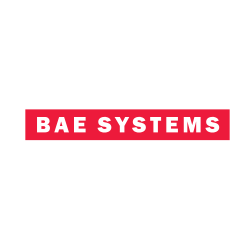


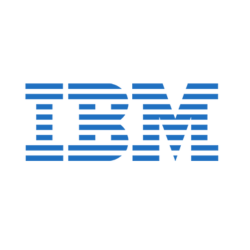


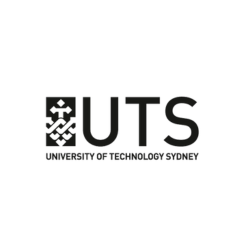
Trainer Videos
Book(s) Published
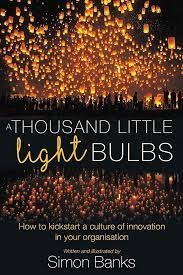
Agenda
Innovative Thinking & Creative Problem Solving
DAY ONE | THINK DIFFERENTLY: UNLOCKING CREATIVE THINKING AND REFRAMING PROBLEMS
SESSION 1: Creative Mindset & Innovation Confidence
Why Innovation and Human Centred Design is more important than ever.
- Introduction to a Innovation centric way of thinking:
- All problems are solvable, and the people who have the problems are the ones who have the answers.
- You can’t come up with new ideas if you just exist in your own life or walk in your own shoes.
- It’s about iterating, testing, tinkering, risk, experimenting, failing, and embracing ambiguity throughout the process.
- Innovation handbrakes and how to avoid them
- The language of Innovation
- Developing creative confidence
Activity
Epistemic Motivation Check: Participants self-assess their comfort with ambiguity, complexity and curiosity, then reflect in pairs on how this shapes how they lead and solve problems.
SESSION 2: Get a PHD in Your Customers Challenges
Spending time in other people's shoes to understand their point of view.
- Understanding extreme users’ scenarios
- Empathy Case studies
- The importance of observation and being highly curious
Activity
- Creating Empathy Maps for customers and users to get different perspectives.
- Creating User Journey Maps.
Review
- What did we learn from the empathy work?
- What were we curious about?
- What surprised us?
SESSION 3: Reframing Challenges: Don’t be an answer looking for a problem
Defining the problem sets the direction and scope for creative solutions, ensuring efforts are focused on addressing the root cause rather than just symptoms or the ‘perceived problem’.
- Based on the empathy work: Are we solving the right problem?
- Create design challenge statements and run it through a continuous checklist:
- Clear and concise with ultimate impact
- Can allow multiple solutions
- Does it have the right context
Activity
- Using a Problem Tree Analysis Framework
- Using the Five Why’s problem solving framework
- How to frame questions “How might we... so that we can...?”
SESSION 4: Systems Thinking for Complex Problems
When challenges are complex, it's essential to understand the interdependencies and ecosystems surrounding them. This session helps you map the broader system, uncover hidden relationships and identify small but strategic shifts that can lead to meaningful change.
- How can we map out how different elements of the system interact and see hidden relationships that may impact our challenge
- Identify leverage points: Find the key areas within a system where small changes can create significant improvements
- What are the unknowns about our challenge?
- Transformation Influence Model Overlay: Map where rolemodelling, rituals, skills and messaging could shift system dynamics and enable change
Activity
- Using Systems Thinking to Map Ecosystems and System Interdependencies
- Ignorance Mapping
DAY TWO | SOLVE CREATIVELY: FROM WIDE THINKING TO PROTOTYPES AND TESTING
SESSION 5: Ideation Part 1: Taking Thinking Wide
- Rules of engagement for divergent thinking
- Taking the team through a variety of different ‘stretch your thinking approaches’ or creative levers they can pull to shift their thinking. These include:
- 99 Ideas
- Creative Poaching
- Different Perspectives
- Disruptive Revolution and
- Blindly Assumed Truths
- Constraints thinking
Activity
Teams will work in groups throughout the morning and will also collaborate with other groups to provide a diversity of thought.
SESSION 6: Ideation Part SESSION 6 2 & Decision-Making
Exploring a variety of different ‘stretch your thinking approaches’ or creative levers they can pull to shift their thinking. These include:
- AI-Enhanced Brainstorm: Participants write a seed idea, input into GenAI, and evaluate what is useful, new or limiting
- SCAMPER
Activity
The Decision-Making Framework
- Deciphering all of the information
- Look for specific themes and specific insights
- What are the top 3 ideas you like
- What’s the most feasible, viable, desirable idea to pursue and prototype:
- A desirable solution: one that your customer really needs
- A feasible solution: building on the strengths of your current operational capabilities
- A viable solution: with a sustainable business model
- A socially responsible solution
SESSION 7: Prototyping to Learn, Refine and Evolve
- Rapid Prototyping and Testing: Ideas Do Not Live In A PowerPoint
- Introduction to prototyping:
- A prototype is worth a thousand meetings
- It creates something meaningful and tangible that engages all the senses
- Case studies of companies using rapid prototyping
- Introduction to fail fast and rapid experimentation
- Examples of prototypes and Minimum Viable Products
- How to create a prototype
Activity
- Teams will create Rapid Prototypes to test
- Introduction to Visual Storytelling
SESSION 8: Test Early, Test Often
- Introduction to user testing
- How to ask open ended questions that drive conversations
- Understanding the importance of a storyteller and observer when testing ideas
- How to interview and test with users
- How to avoid paralysis by analysis
- The importance of testing early and often with stakeholders
- How to embrace a more agile, rapid experiment way of working
Activity
Teams will go through 3–4 rounds of rapid testing activities.
DAY THREE | MAKE IT STICK: STORYTELLING, TEAM HABITS AND LEADING INNOVATION
SESSION 9: Making Innovation a Team Habit
- Why innovation fails to stick: events vs. habits
- Small habits that build a creative culture
- Weekly curiosity prompts
- Monthly retrospectives
- Quarterly small experiments
Activity
- Audit your current team culture: What’s rewarded, ignored, punished
- Design your team’s Innovation Cadence: Simple weekly, monthly and quarterly rituals
SESSION 10: Storytelling & Pitching Ideas That Stick
- Storytelling is a the heart of leading innovation and growing ideas
- Understand how to grab your audience’s attention
- Develop a simple structure for all presentations
- Understand how to have gravitas, presence and energy when presenting
- Understand the importance of storytelling and where and how to use it
- Never again kill your audience with death by PowerPoint
Activity
- Craft a 2-minute Story and Pitch it
- Present this to a panel of peers acting as investors, team members, executives:
- Panel will give feedback that enables the idea to grow
SESSION 11: Leading for Innovation
- What innovative teams say about their leaders
- How to create psychological safety in practice
- Coaching questions that spark new thinking
- Leading through ambiguity and experimentation
Activity
- Leadership Reflection: Am I a bottleneck or a booster?
- Safety Language Practice: Leaders rehearse language that invites participation, responds to risk with curiosity and keeps options open
- Friction Mapping: Teams identify where their idea will hit blockers inside the business, then brainstorm how to reduce resistance or work around them
SESSION 12: Bringing It All Together
- Each team member creates a personal innovation action plan to take what they have learnt forward
- What did we learn?
- What are we curious about?
- What surprised us?
- Where can we use this approach in our organisations?
Activity
- Team-Centric Transformation Planner: Identify a real or imagined team and design the support systems, rituals, feedback loops and leadership behaviours needed to keep innovation moving.
- Key Learnings & How can you use this approach in your organisation



